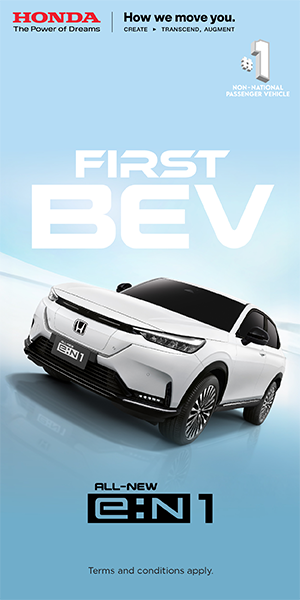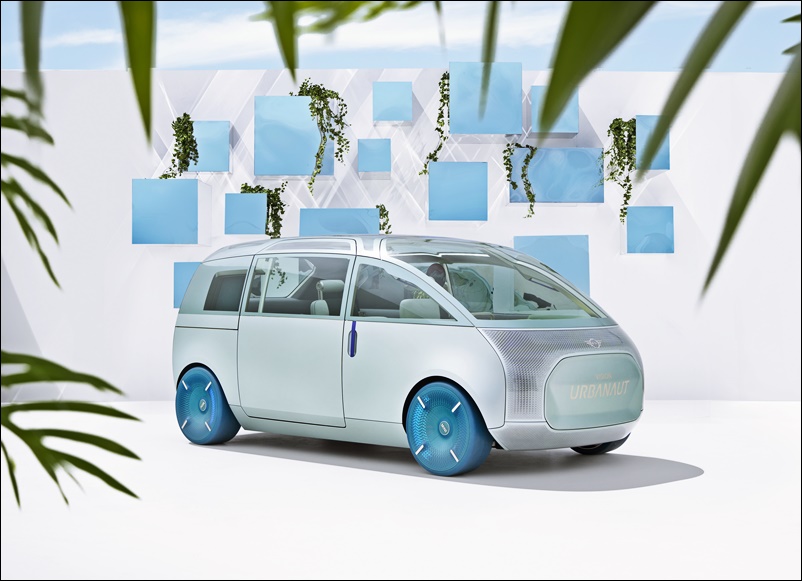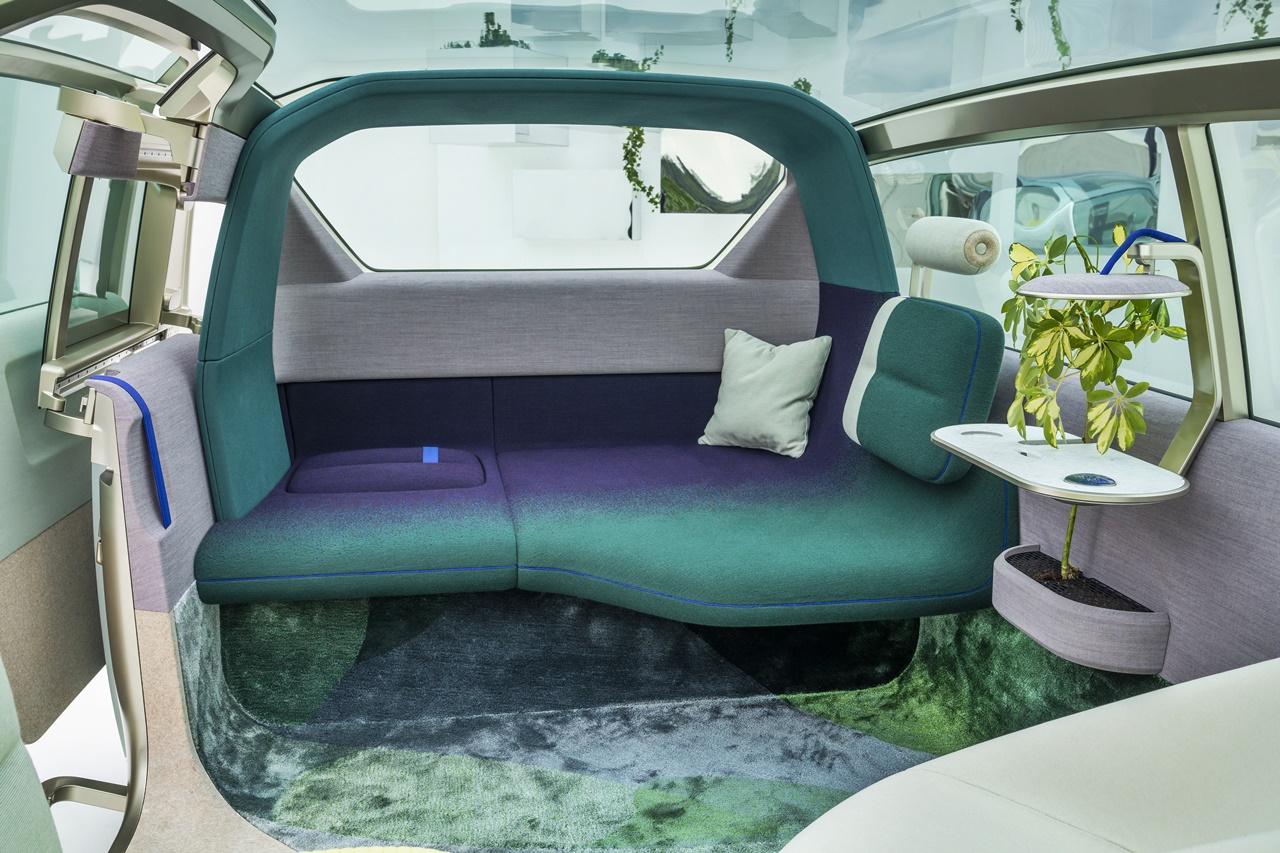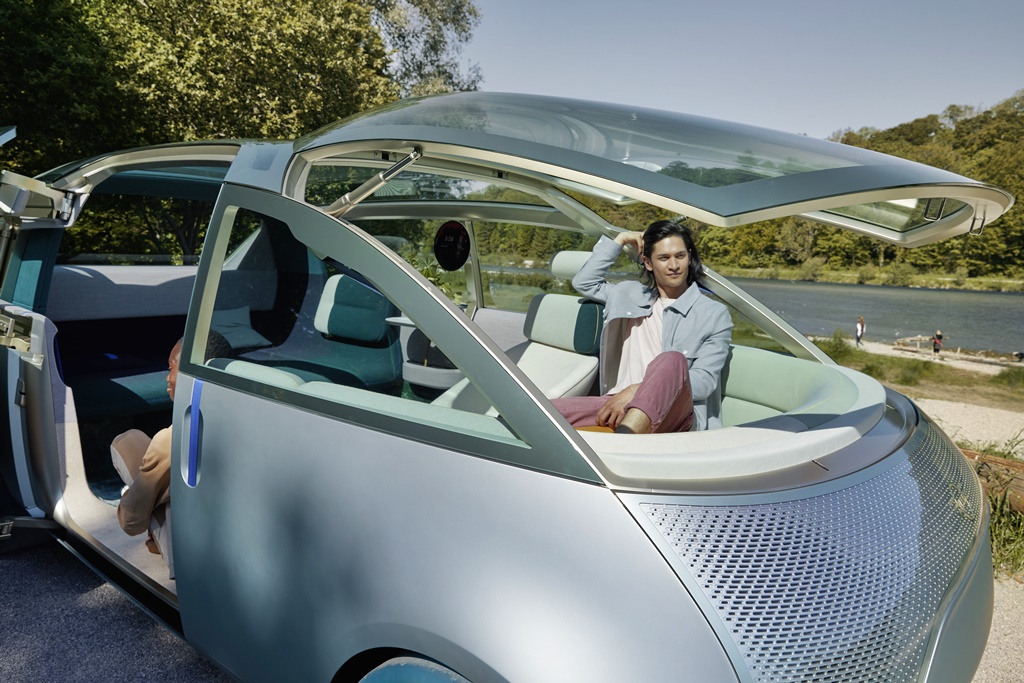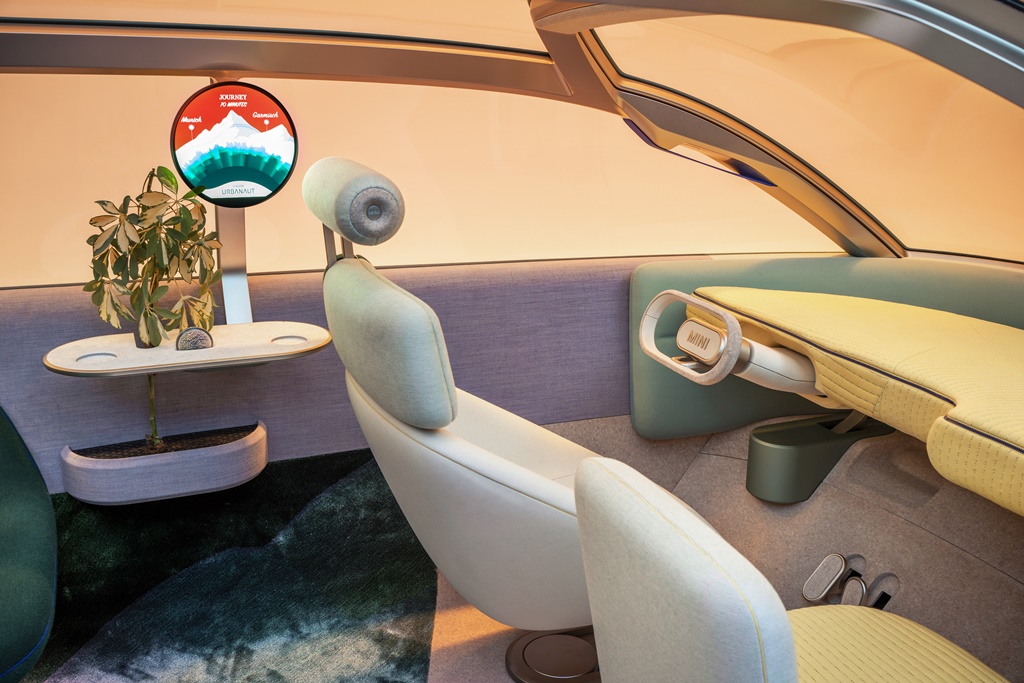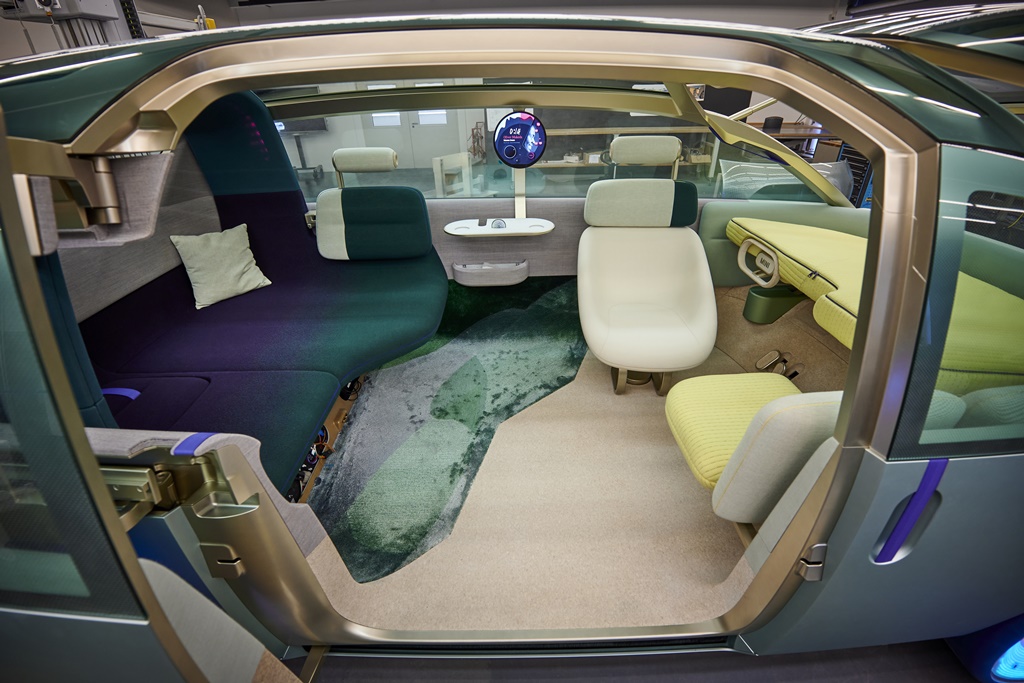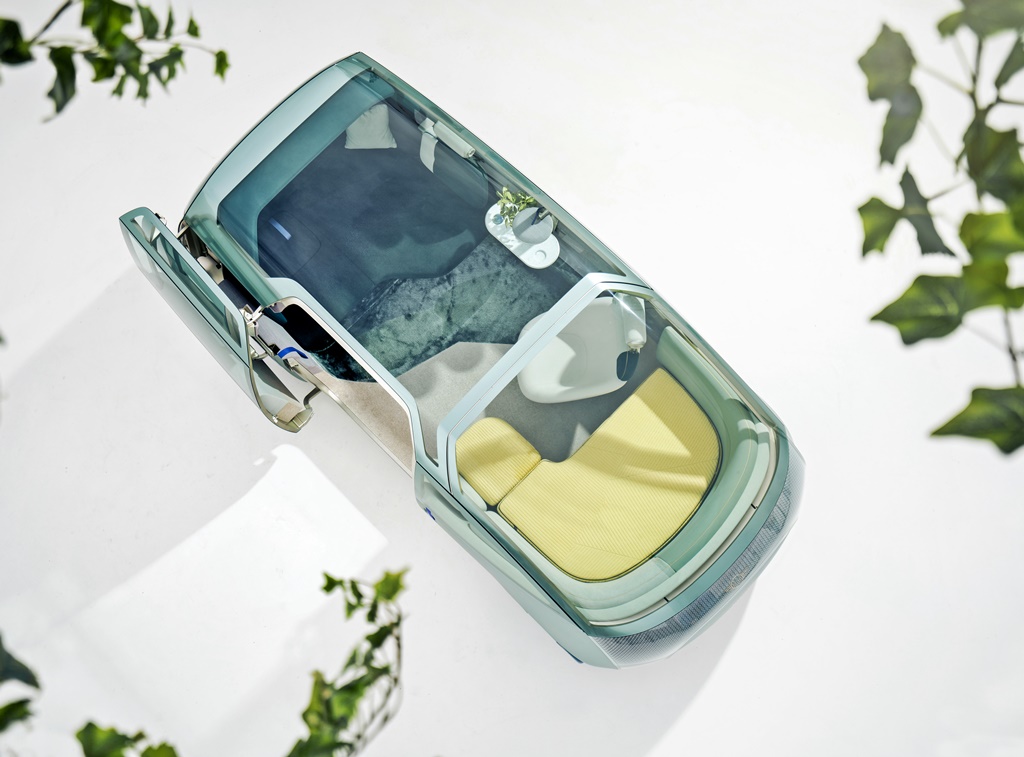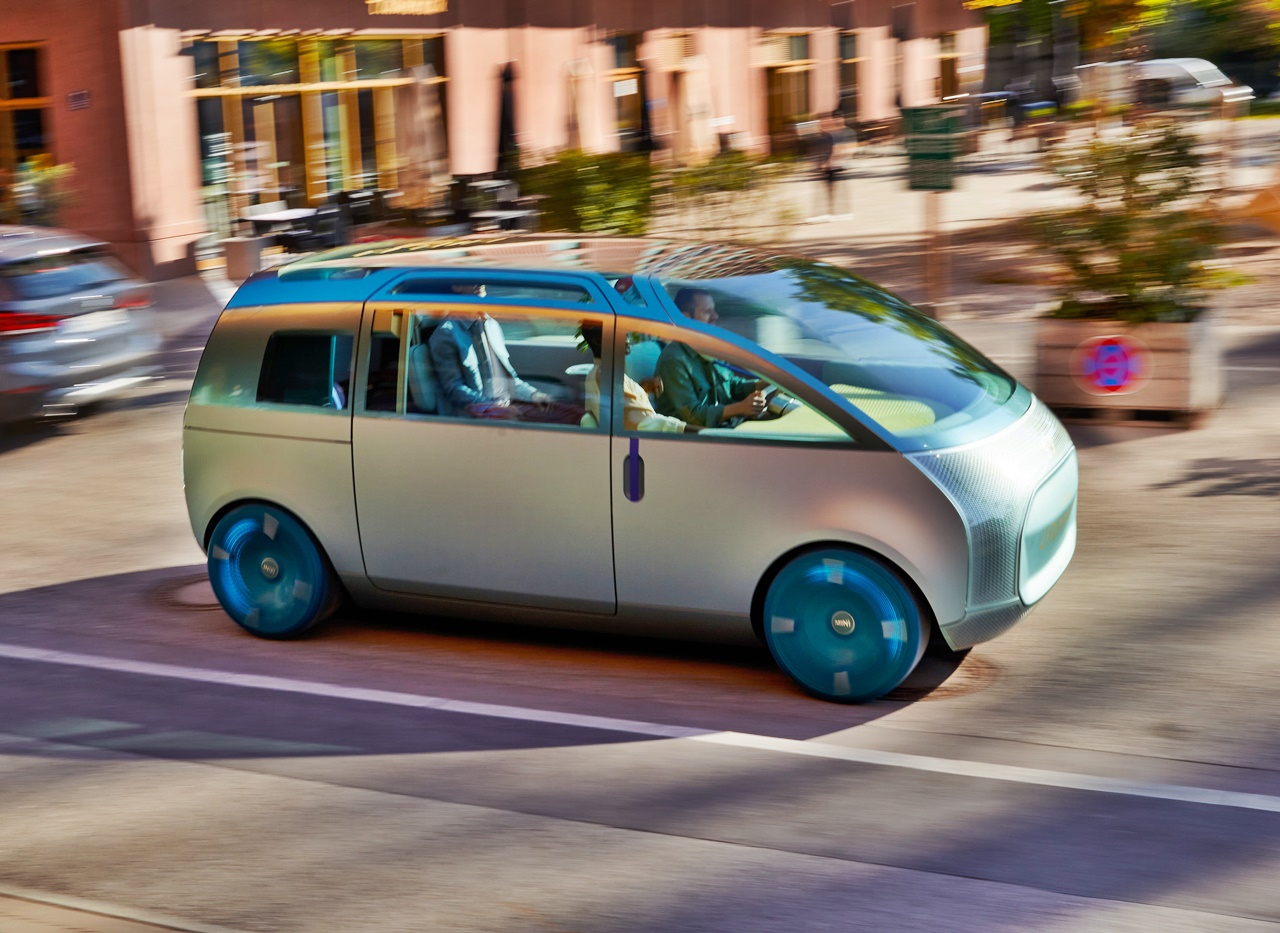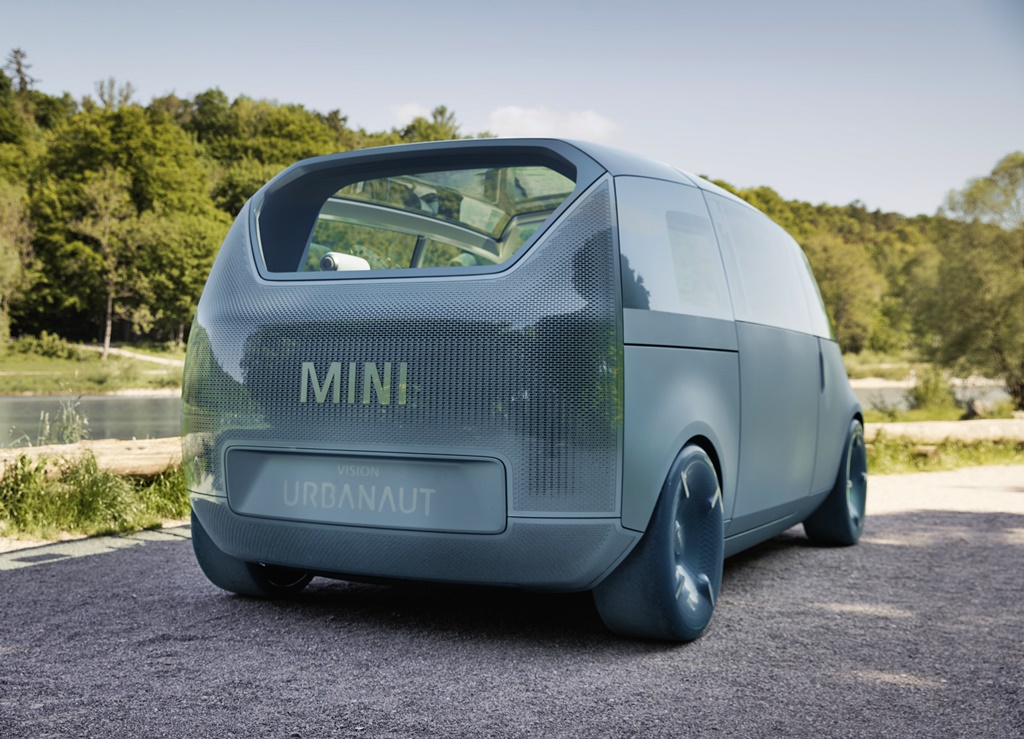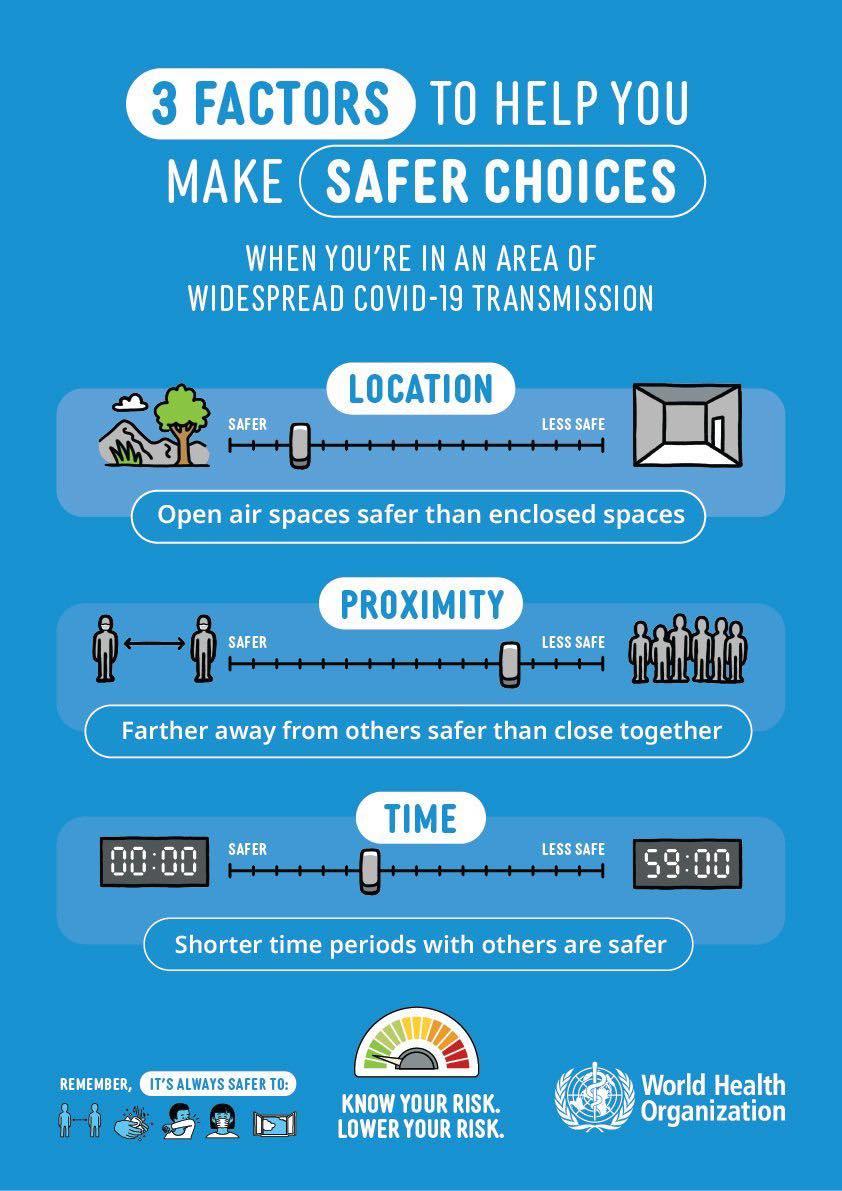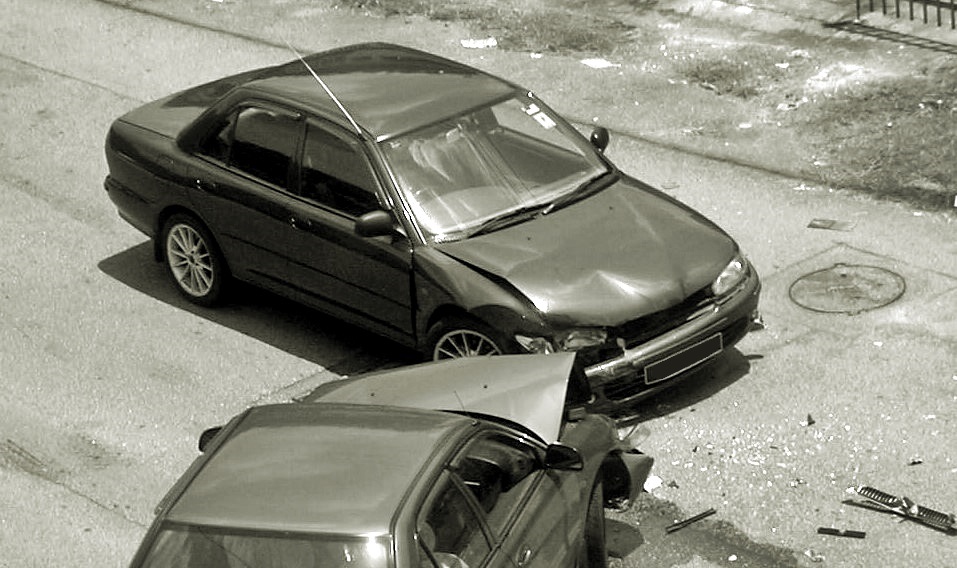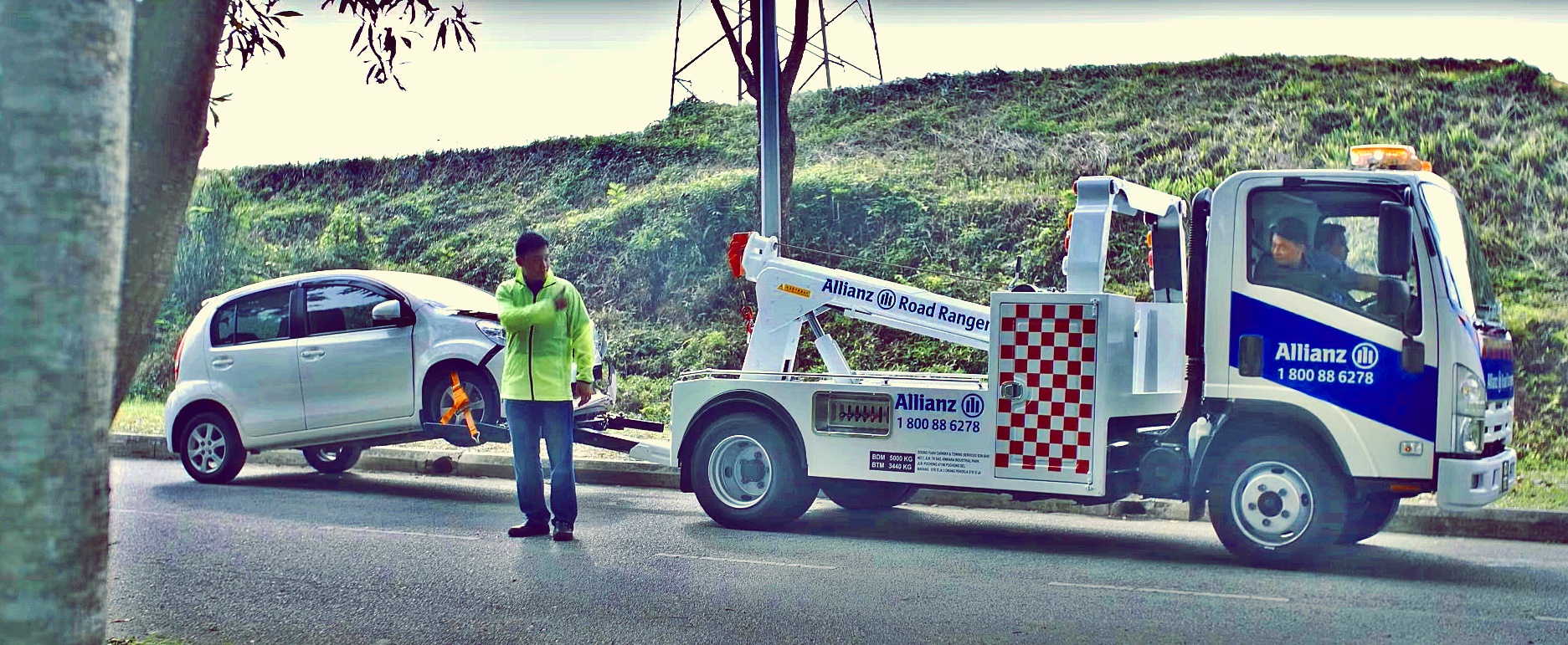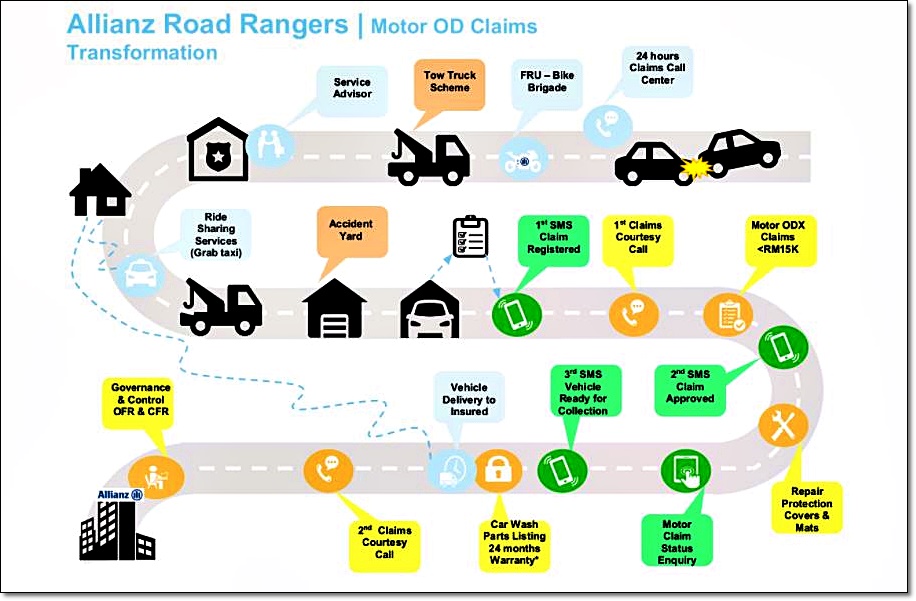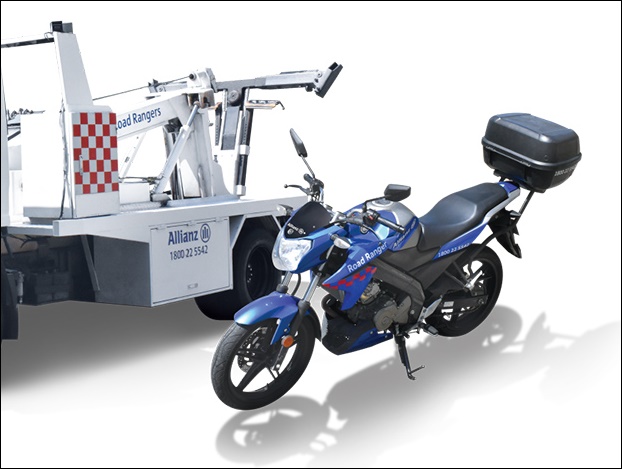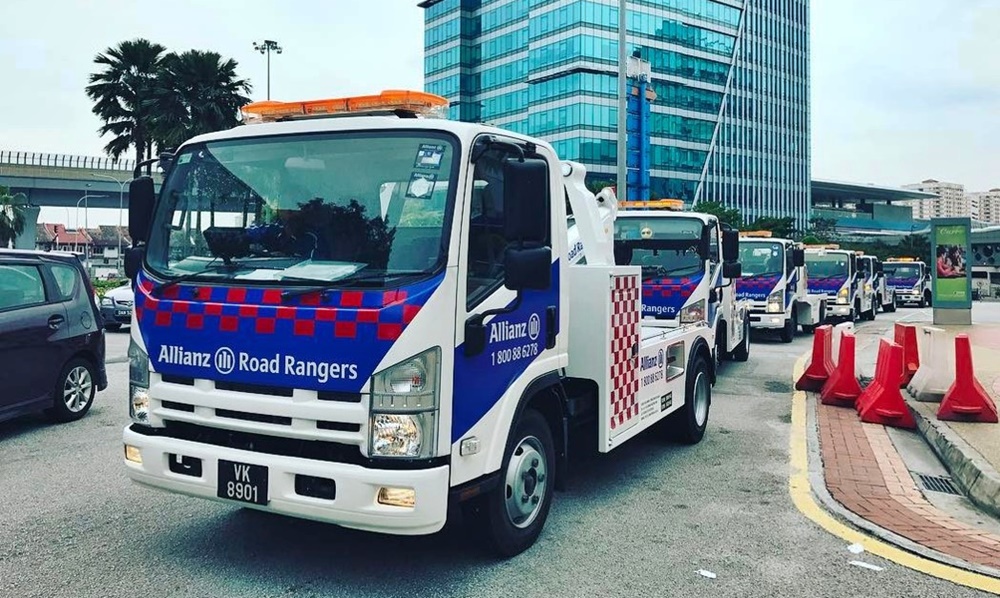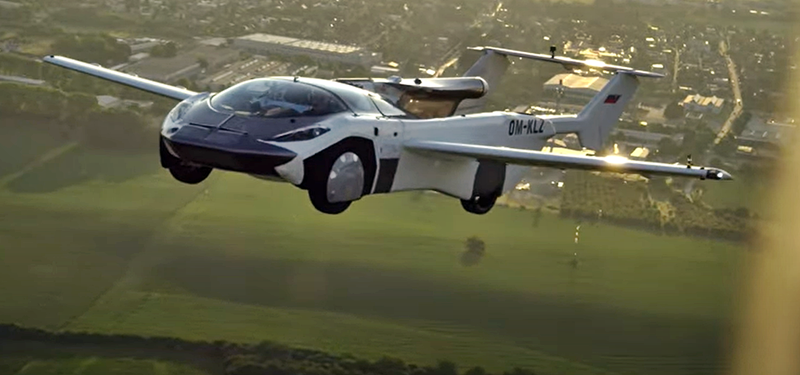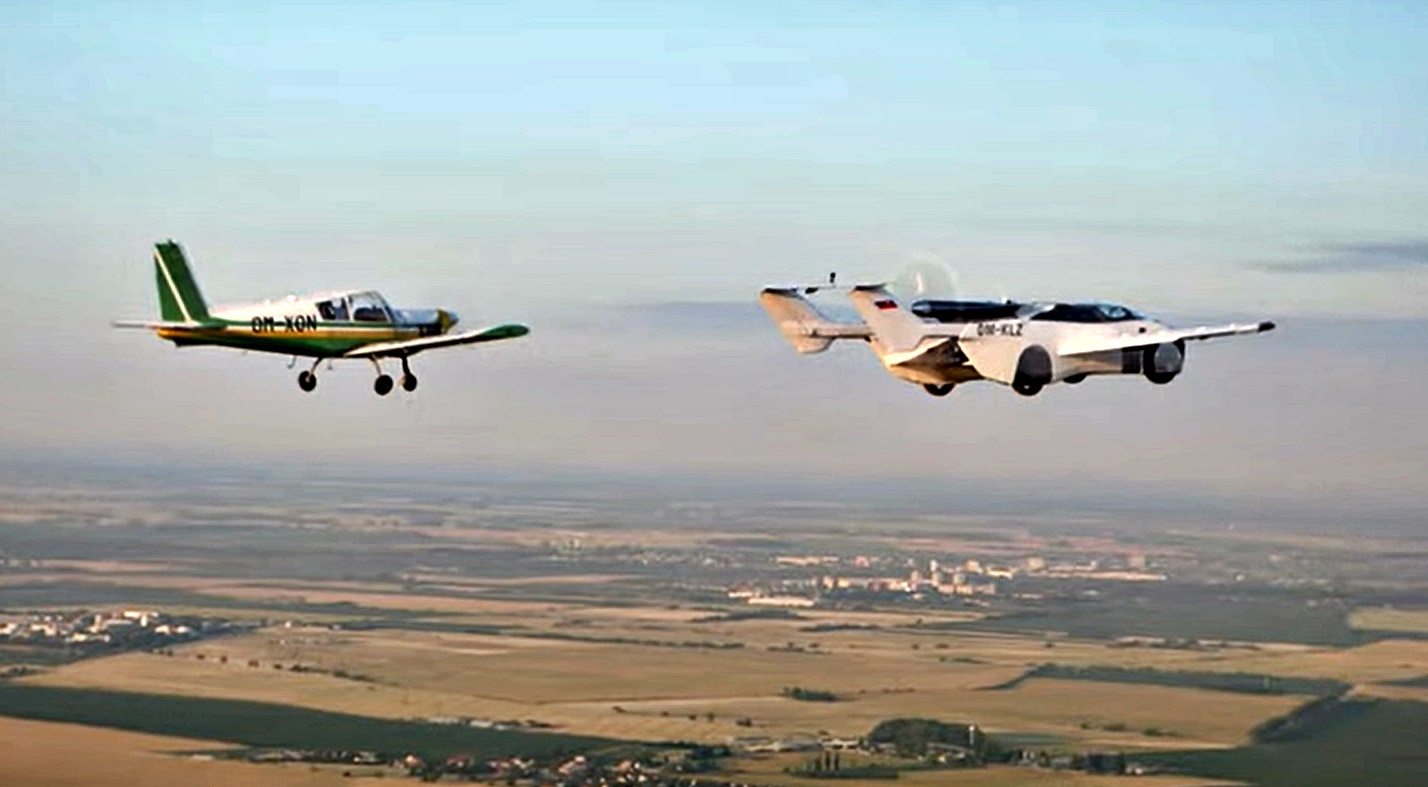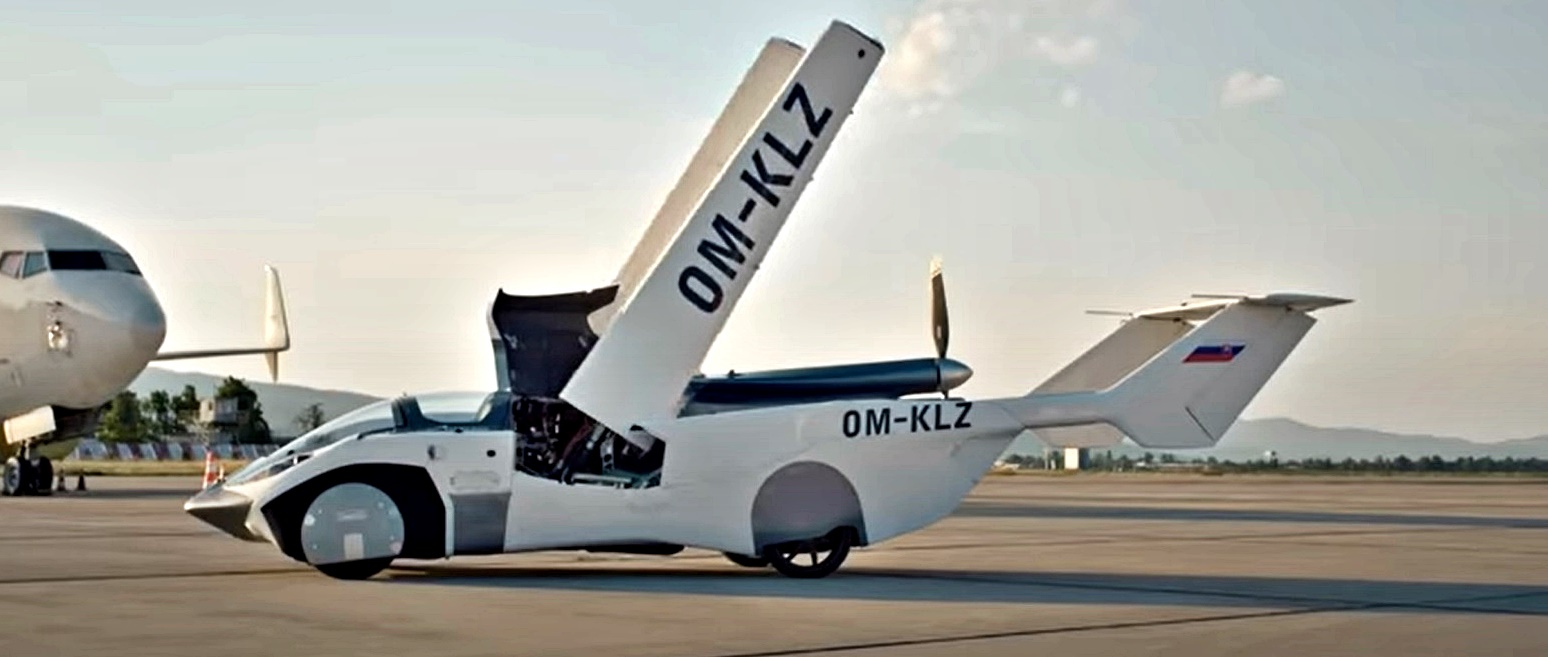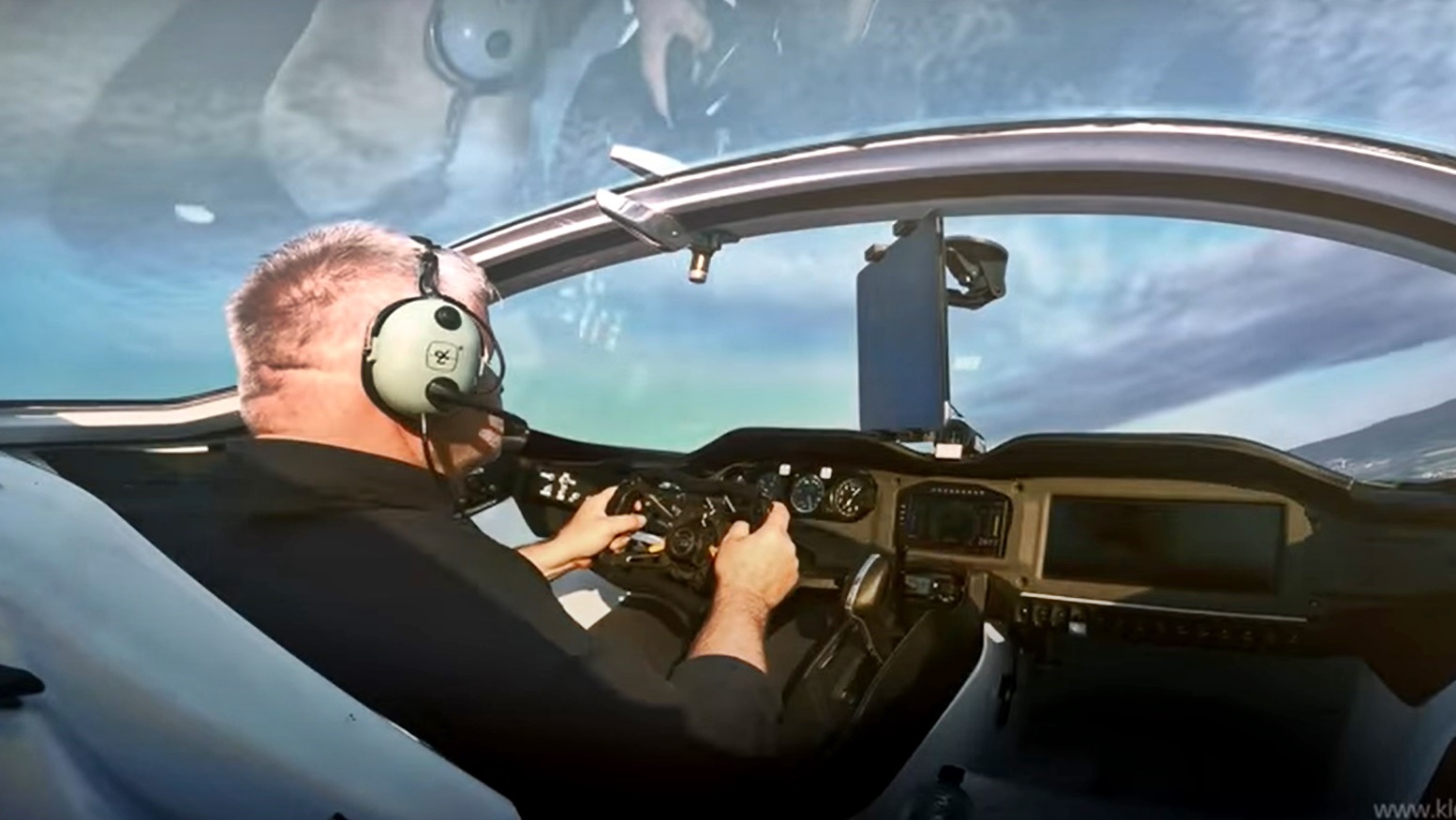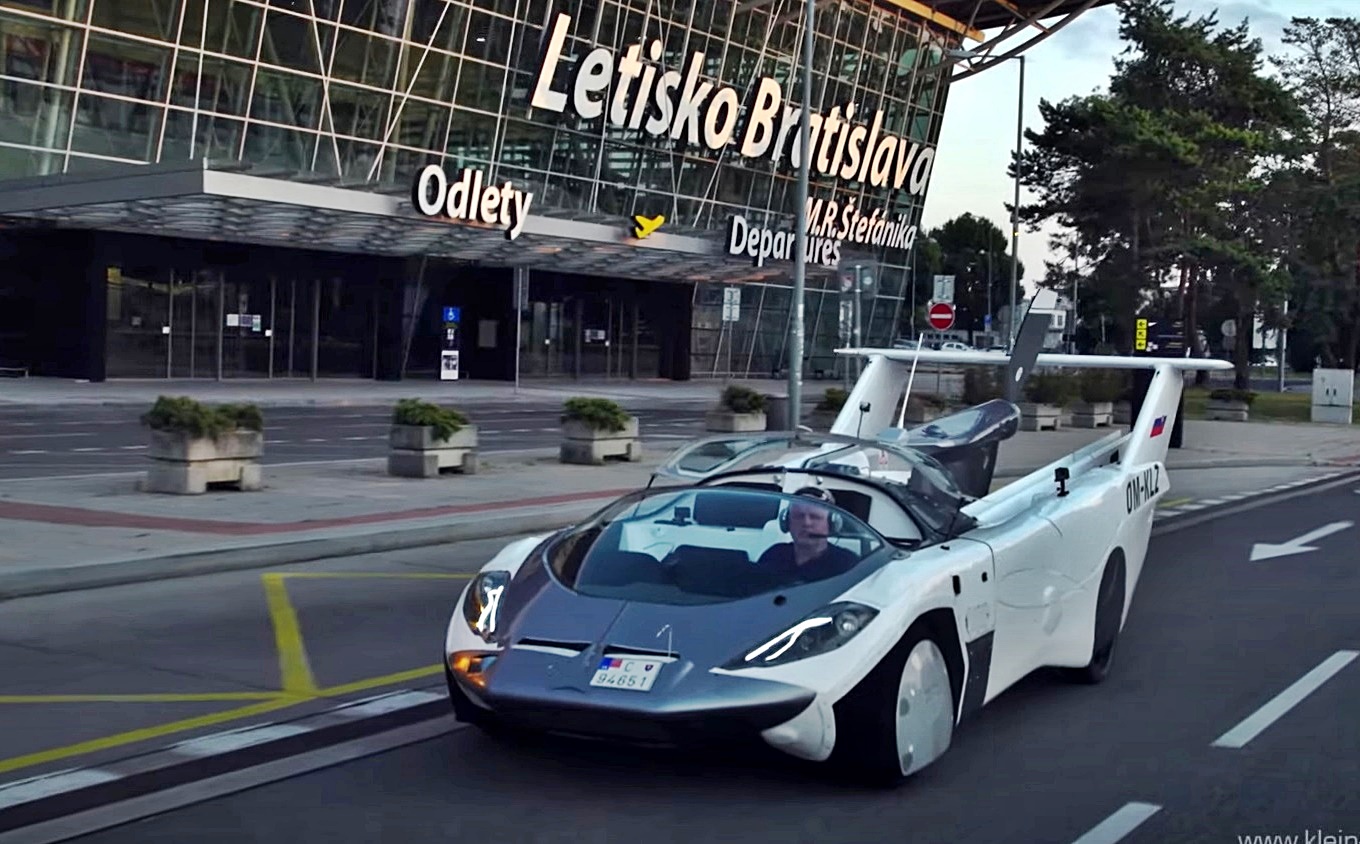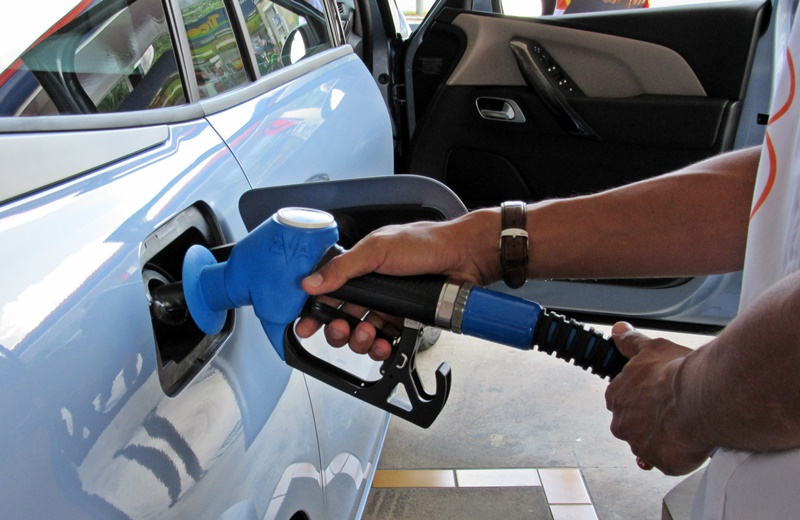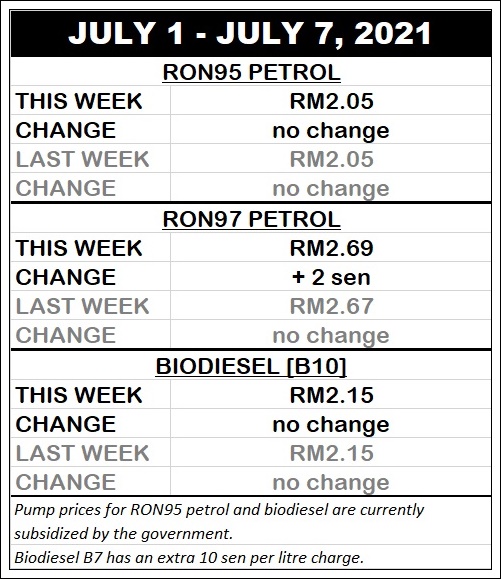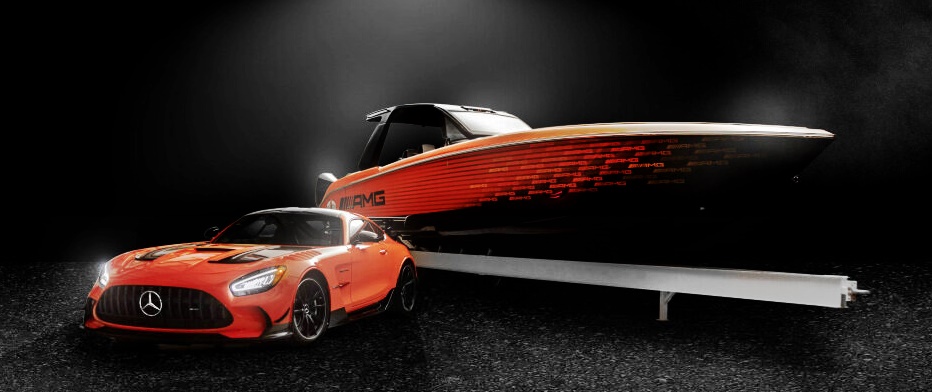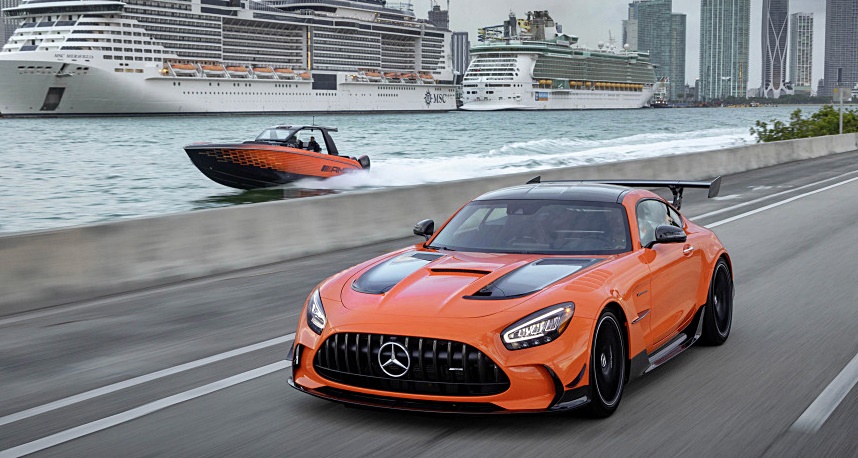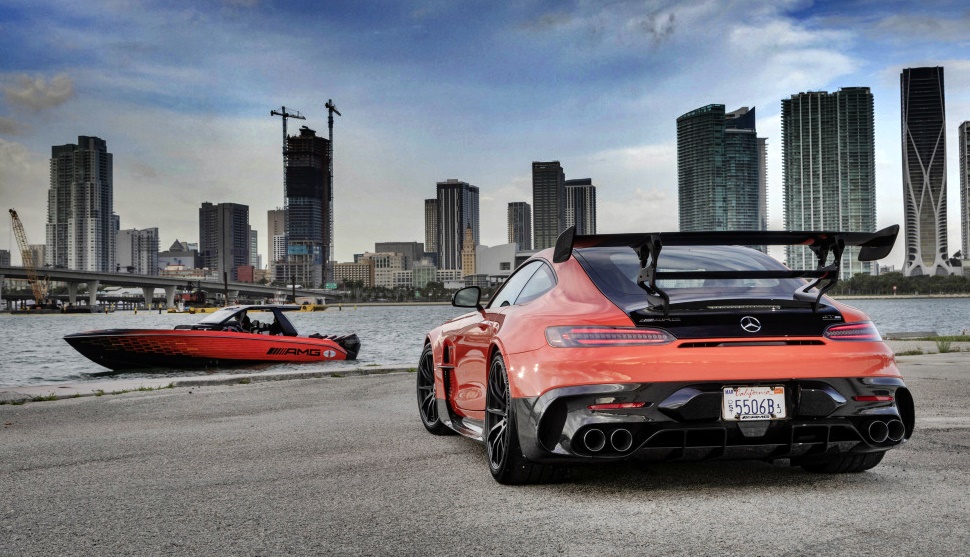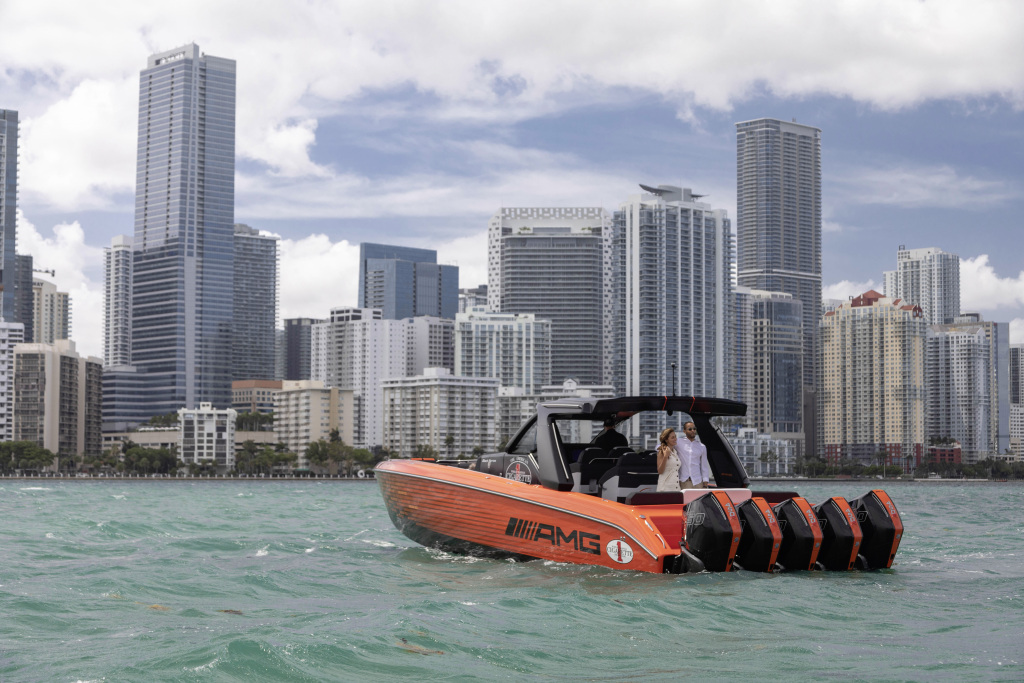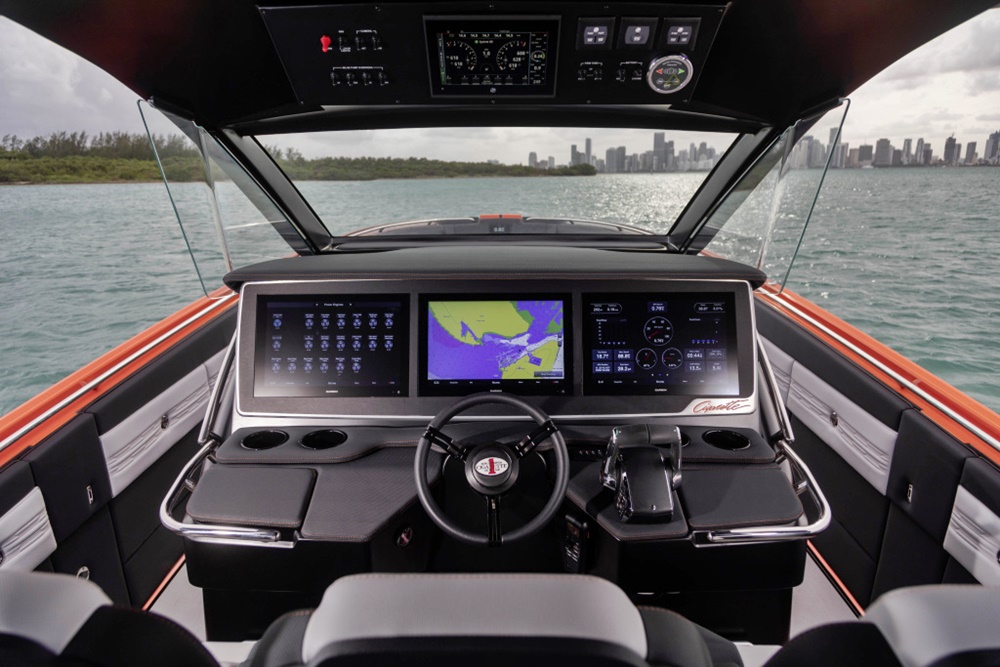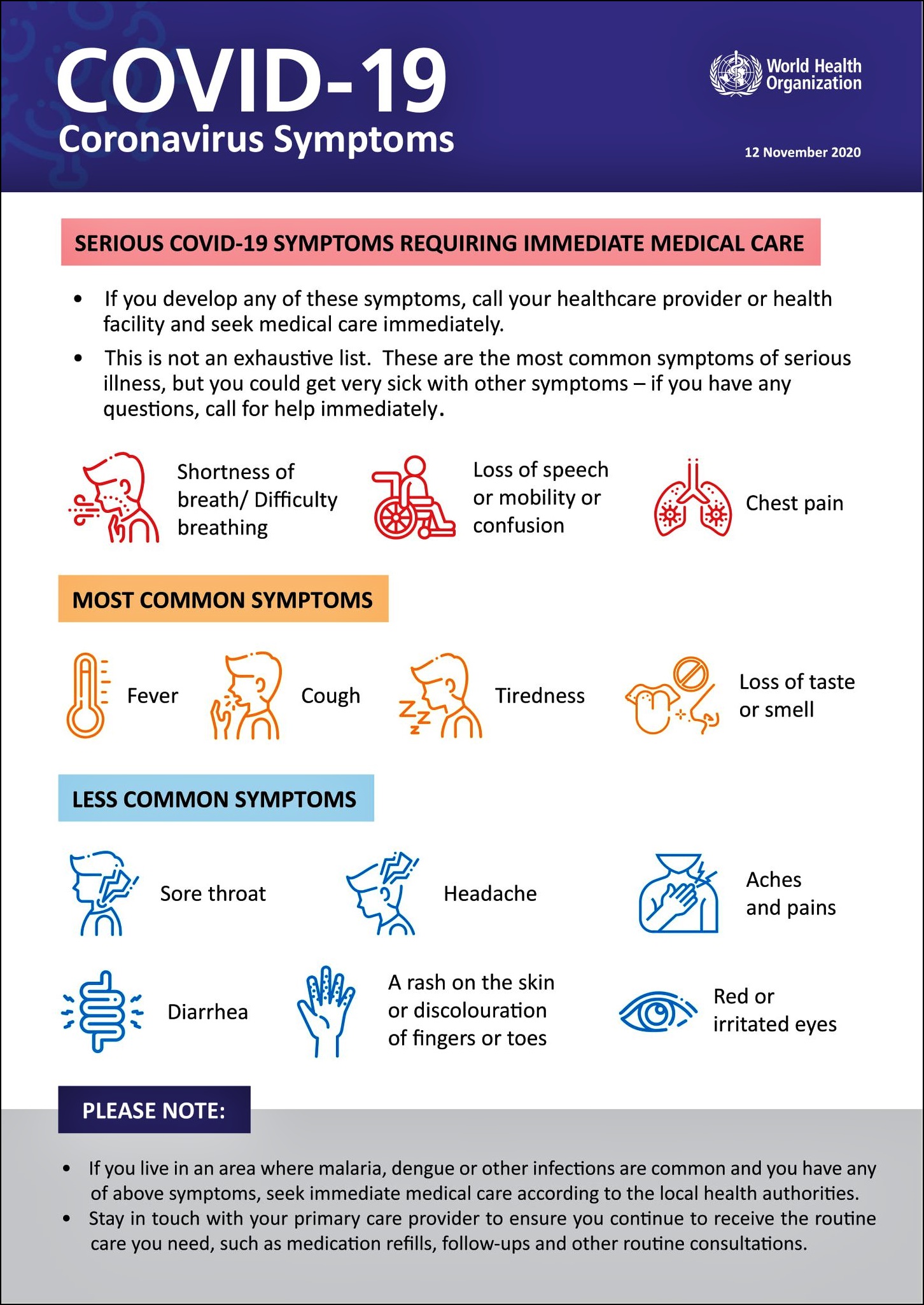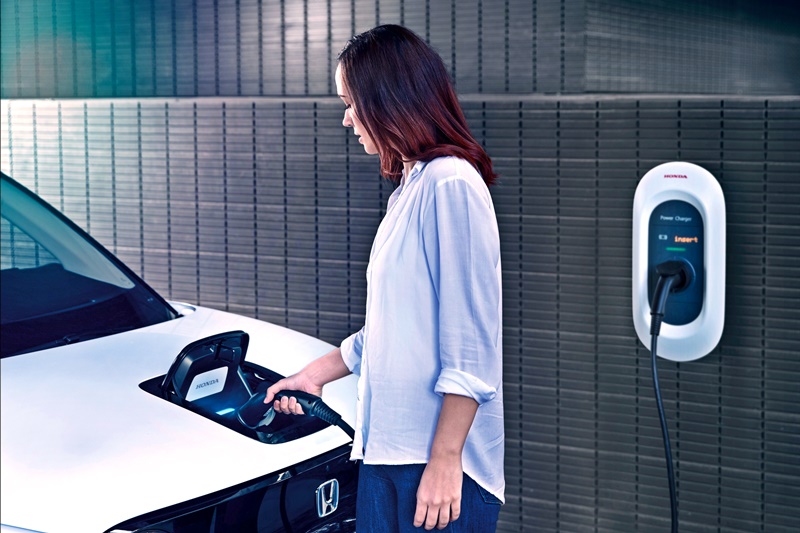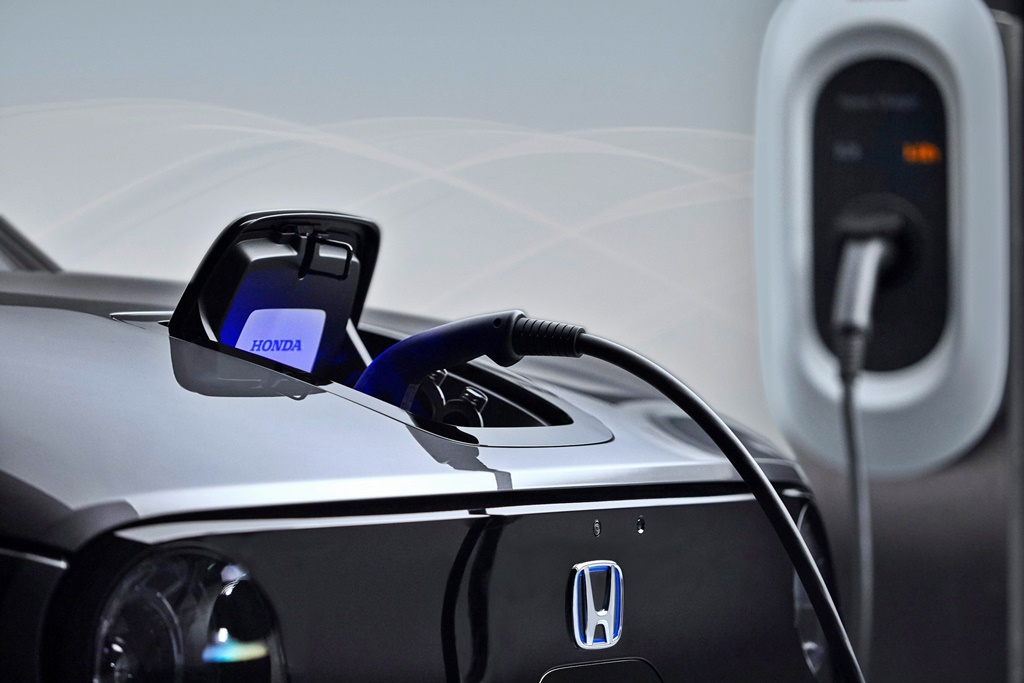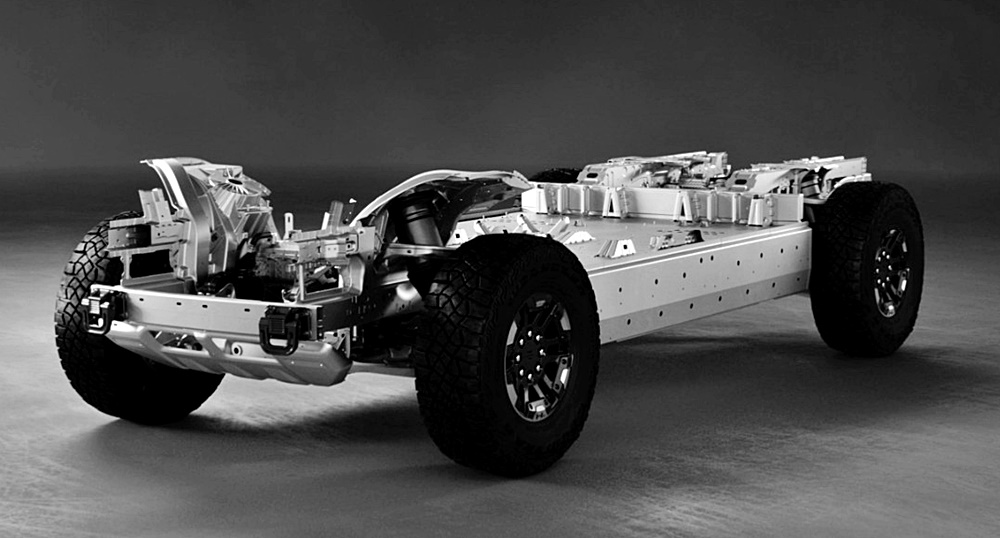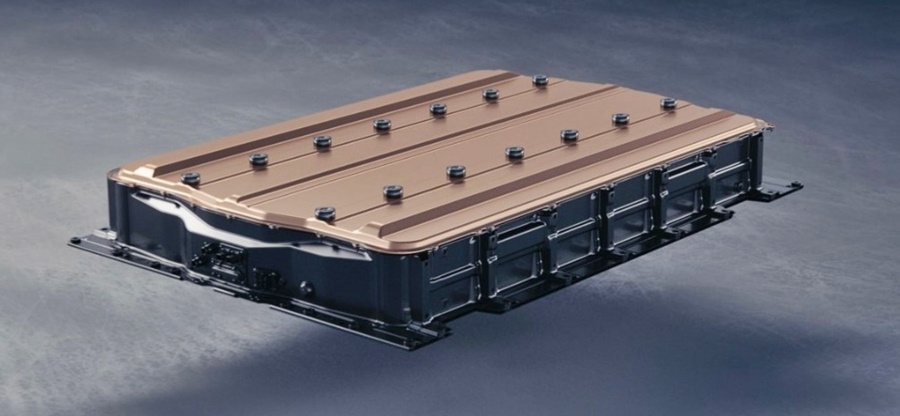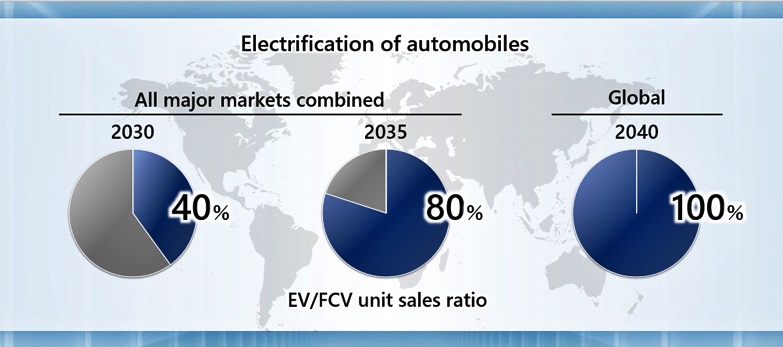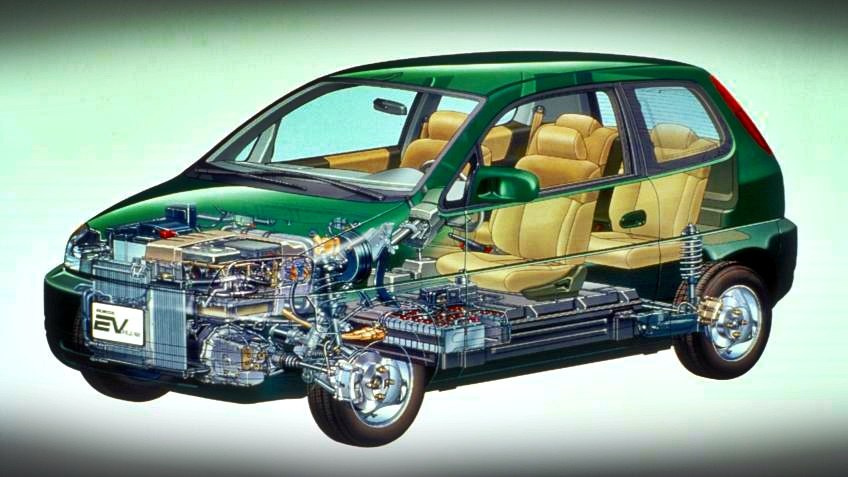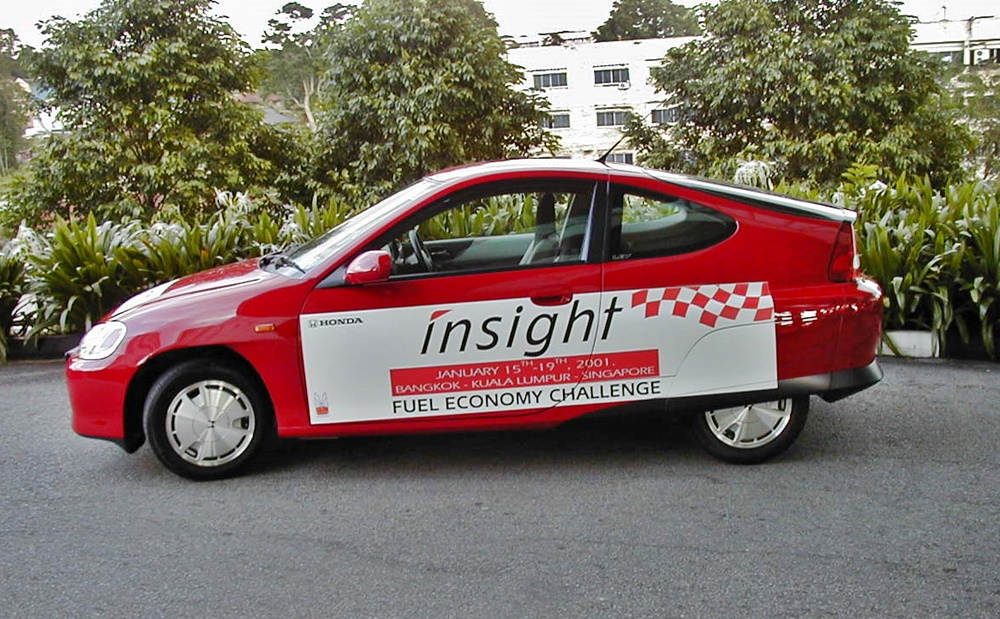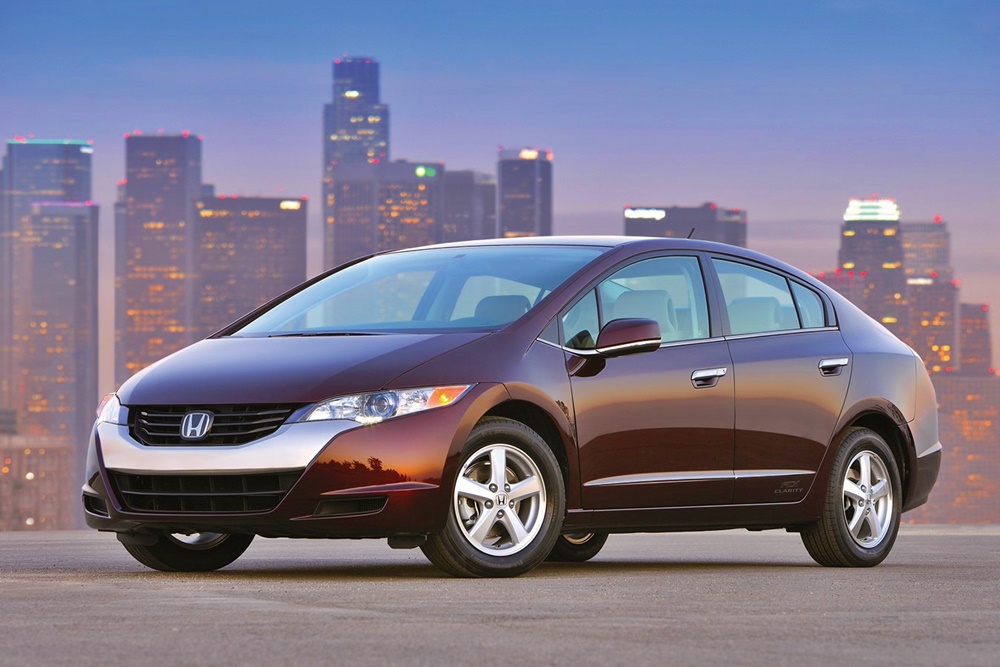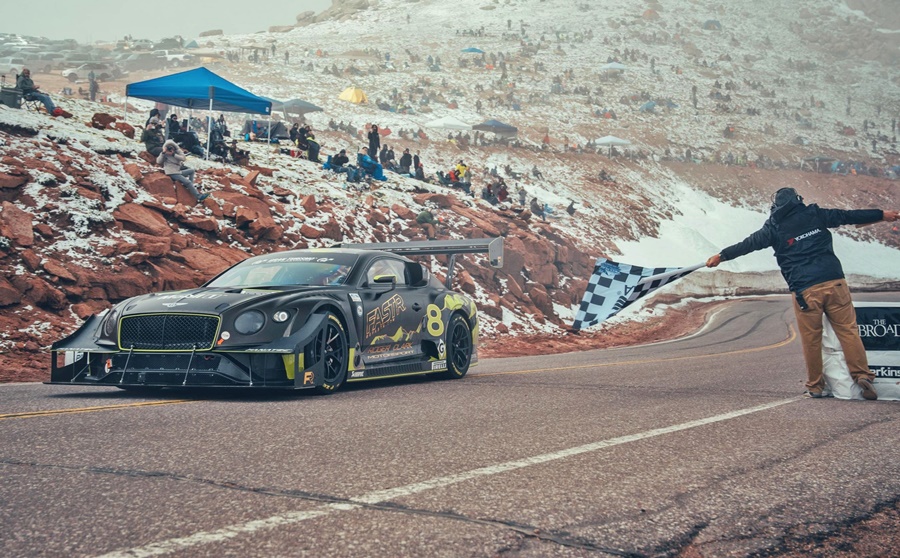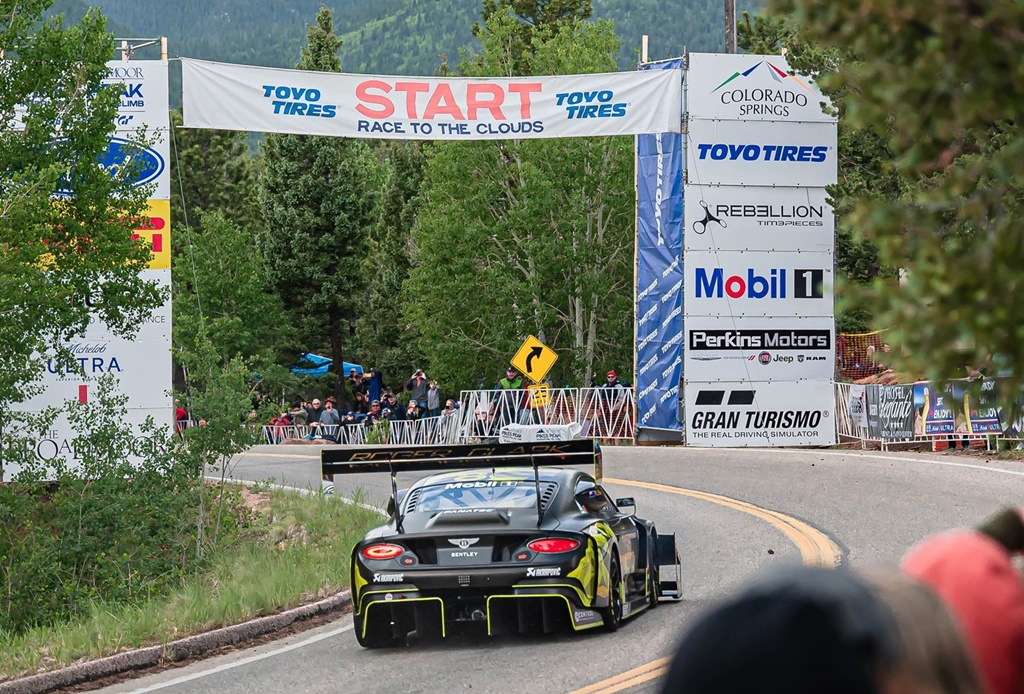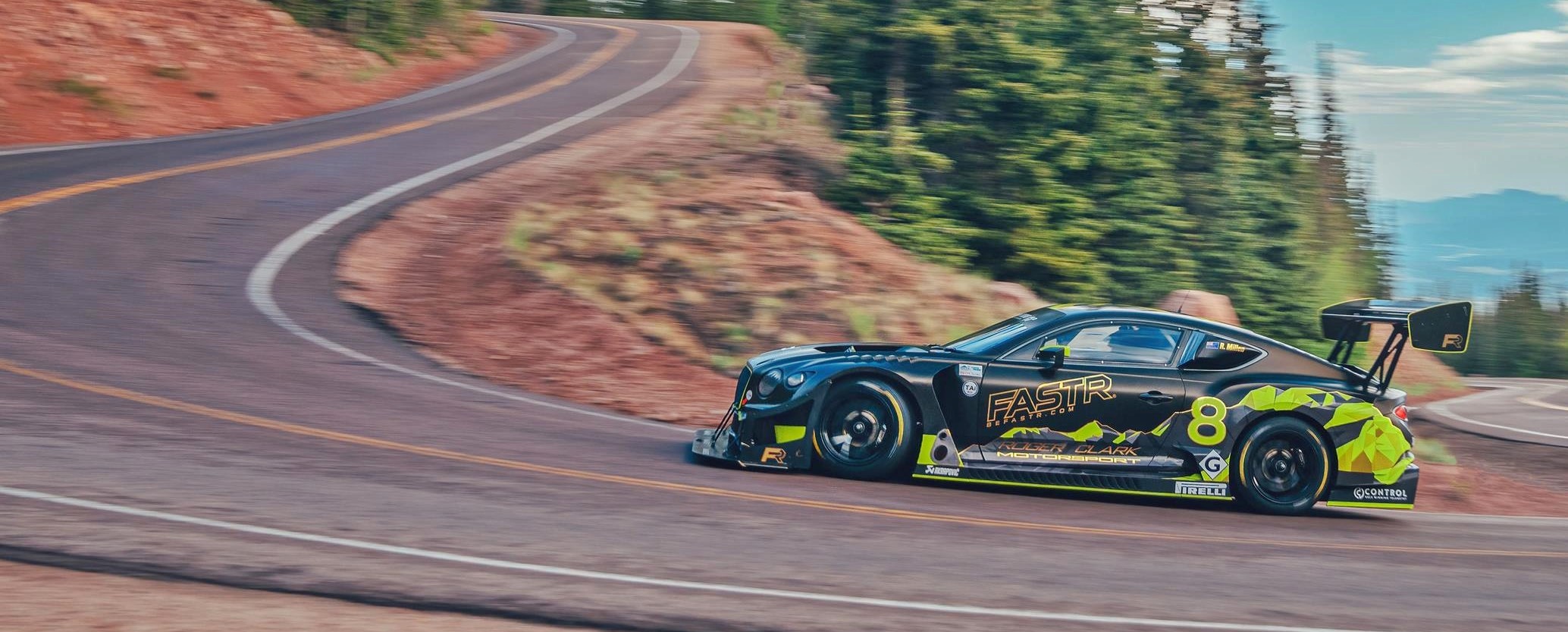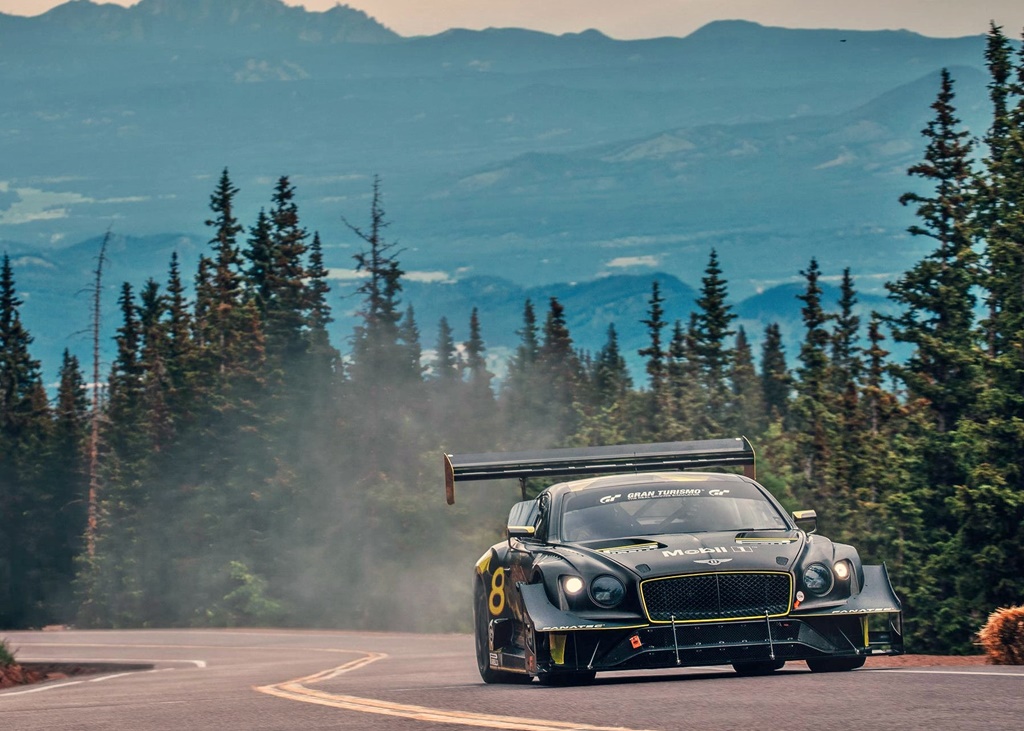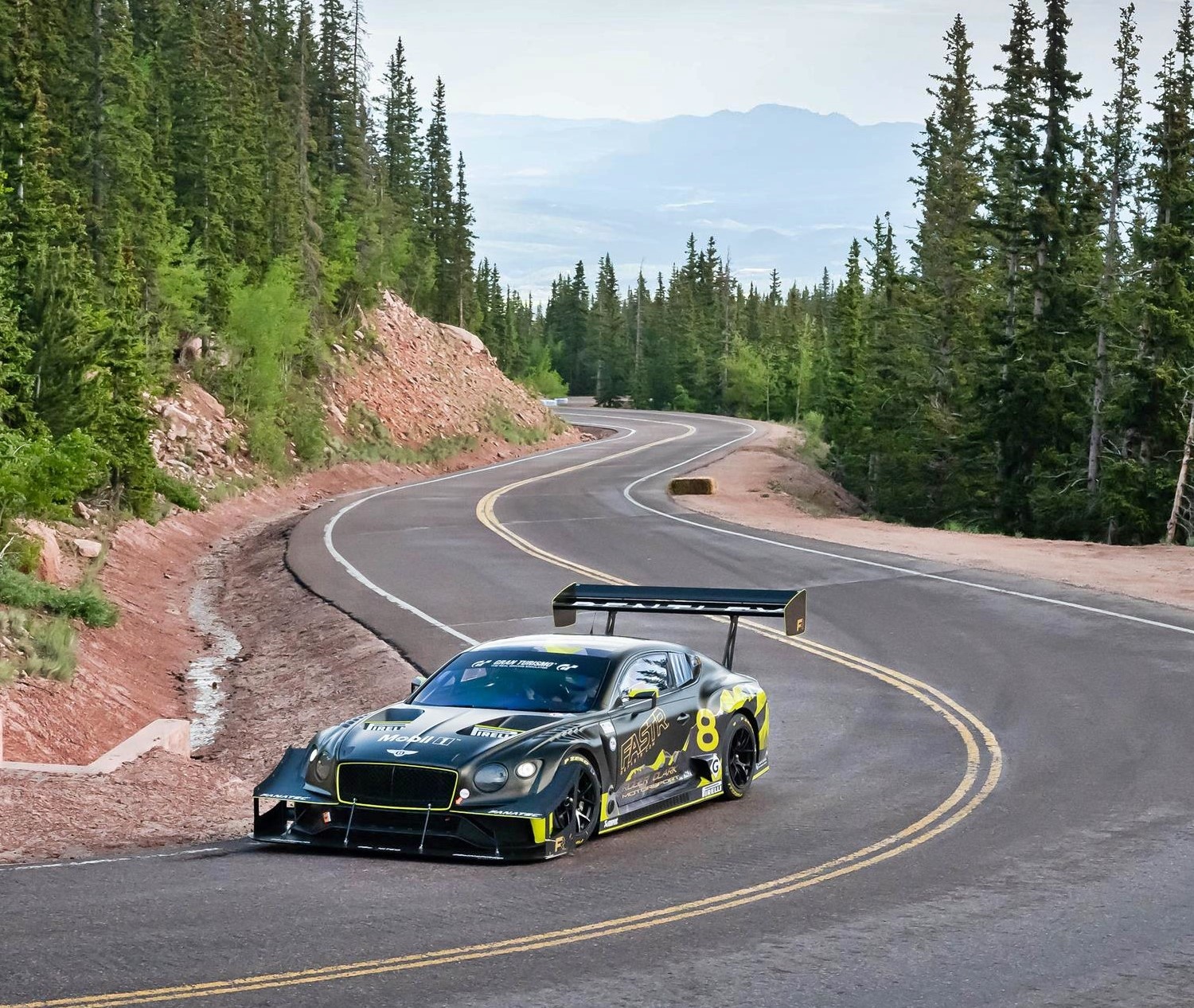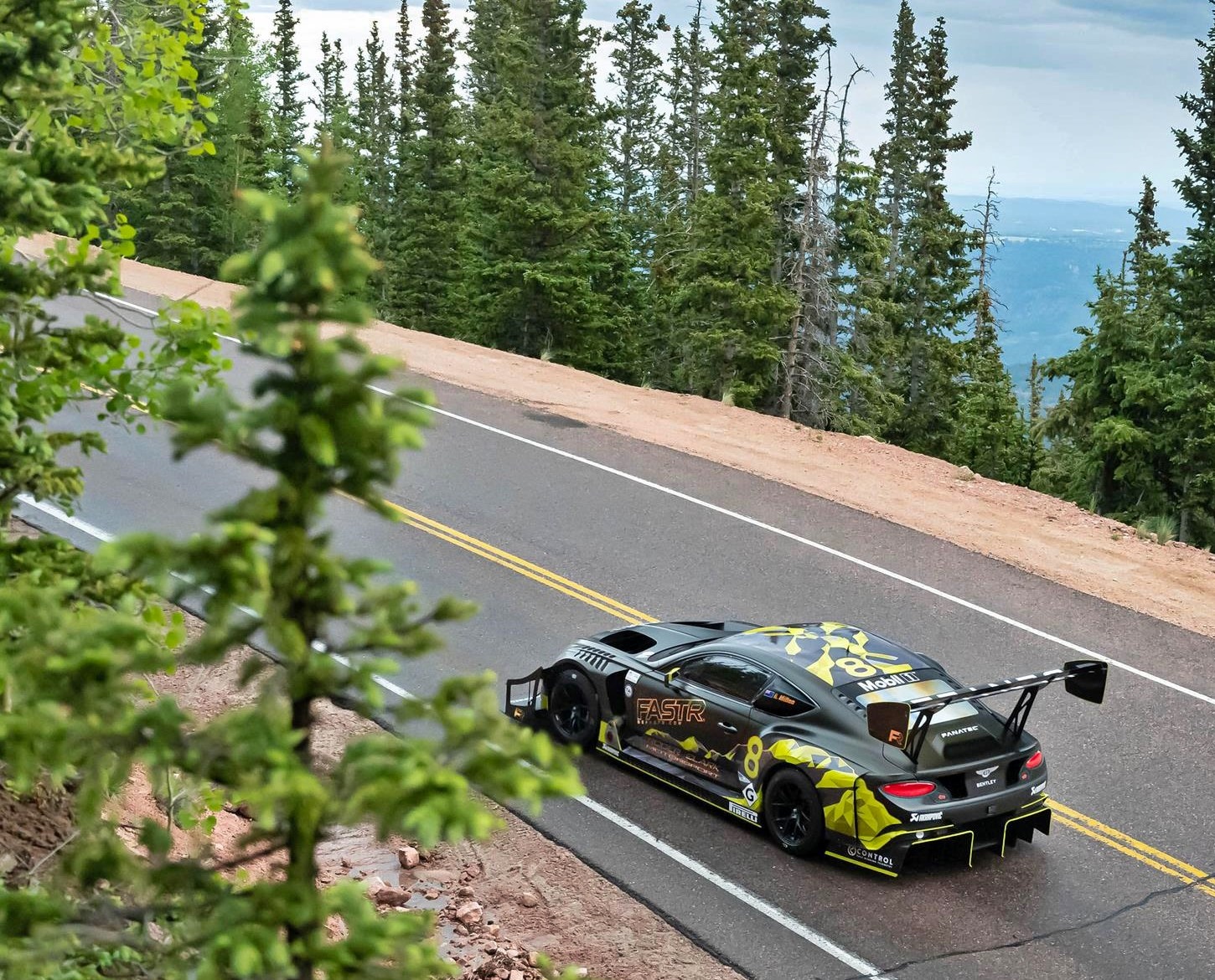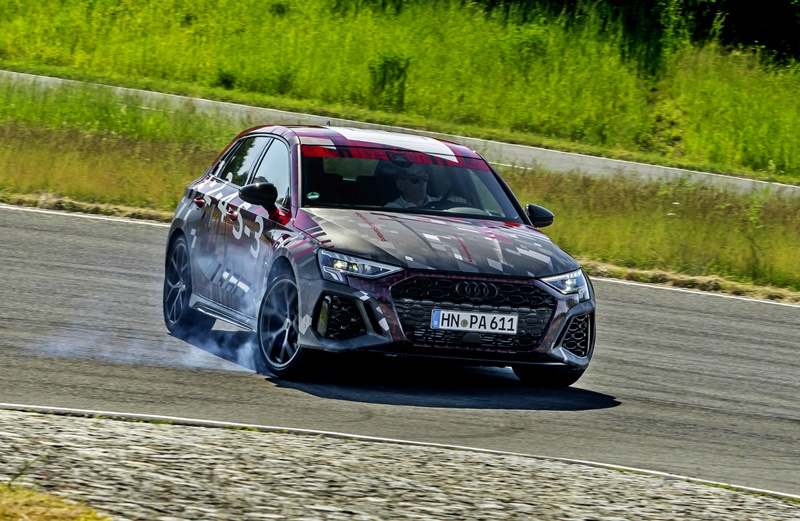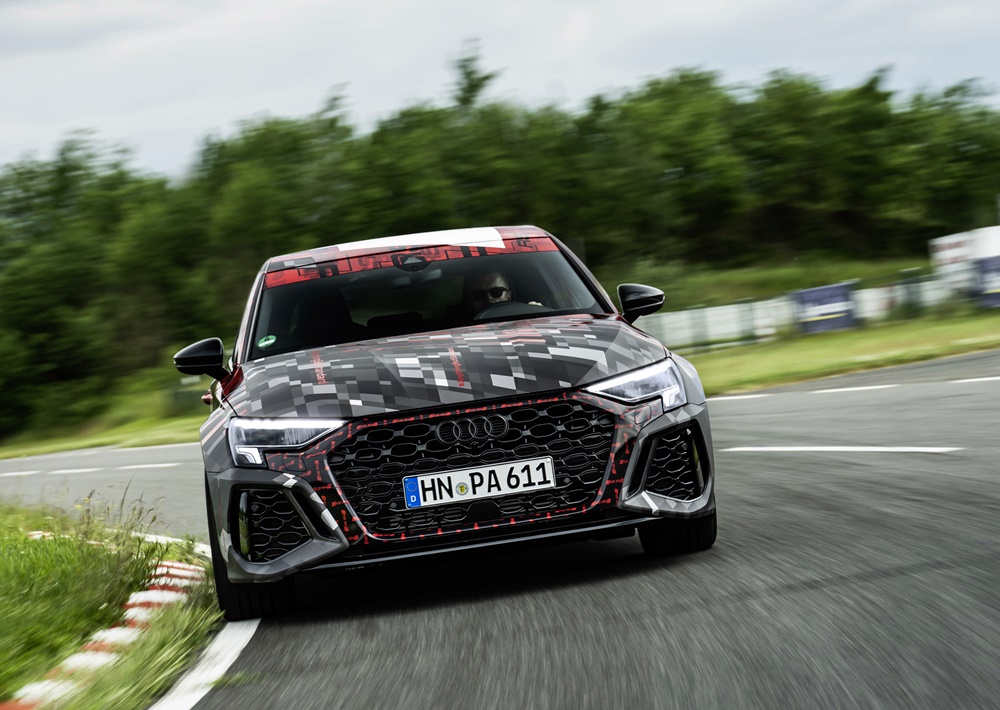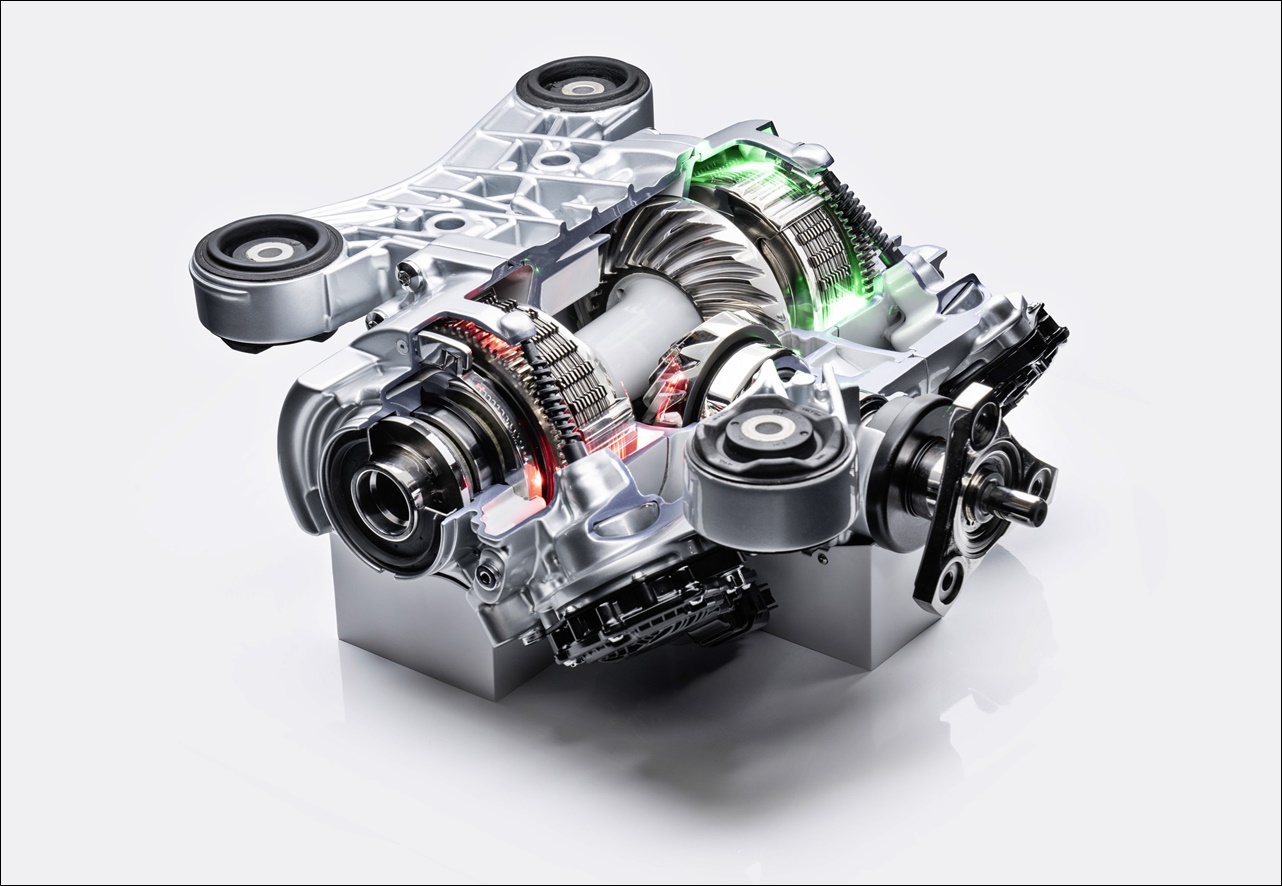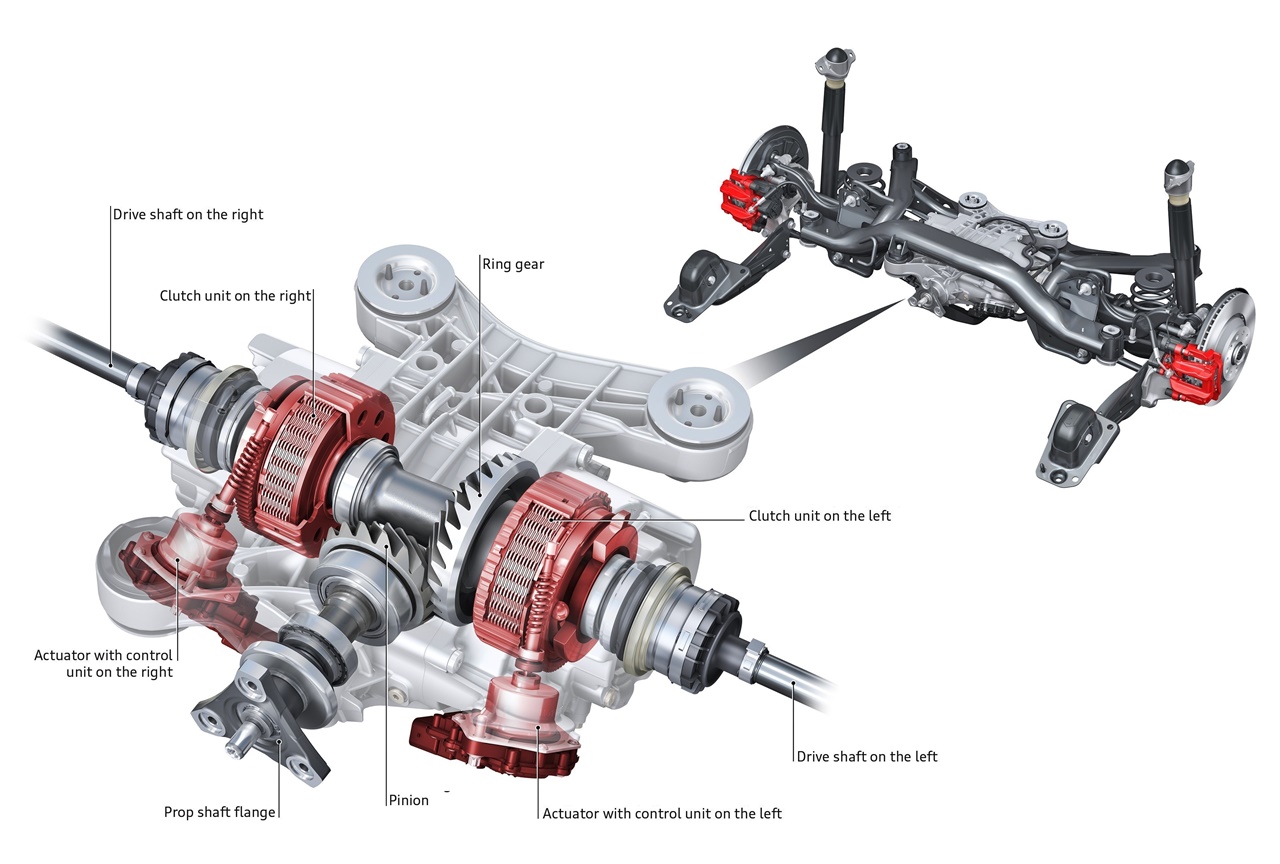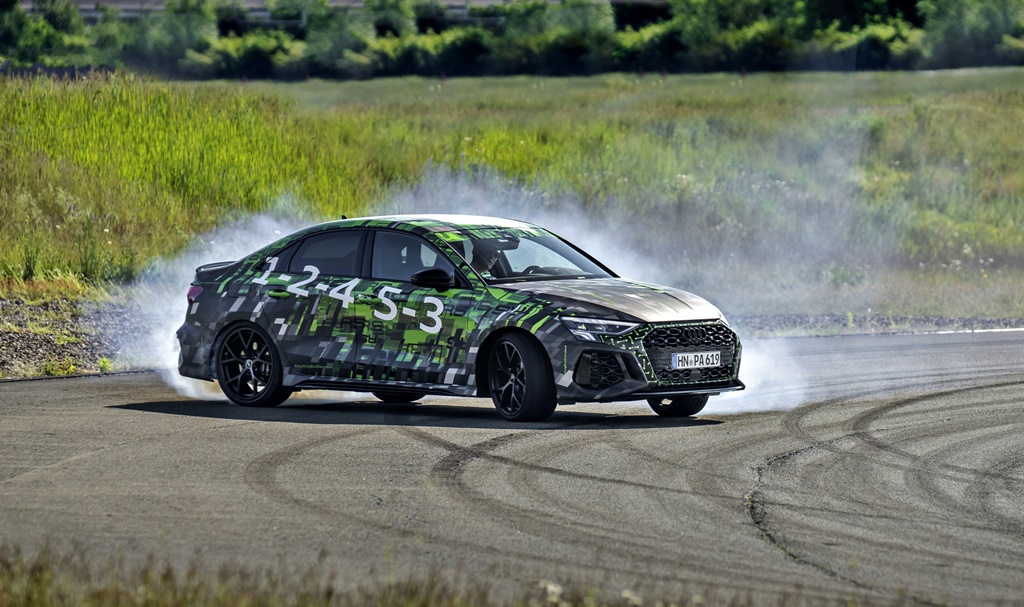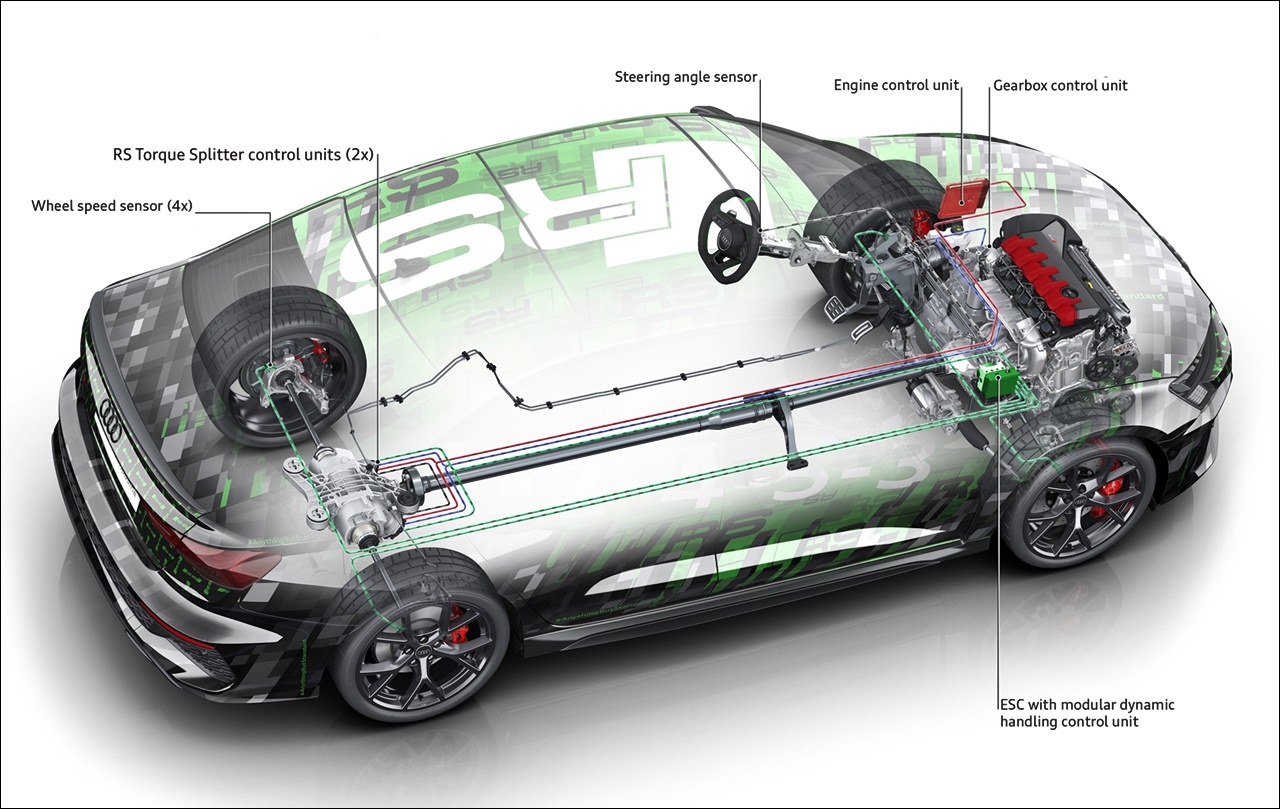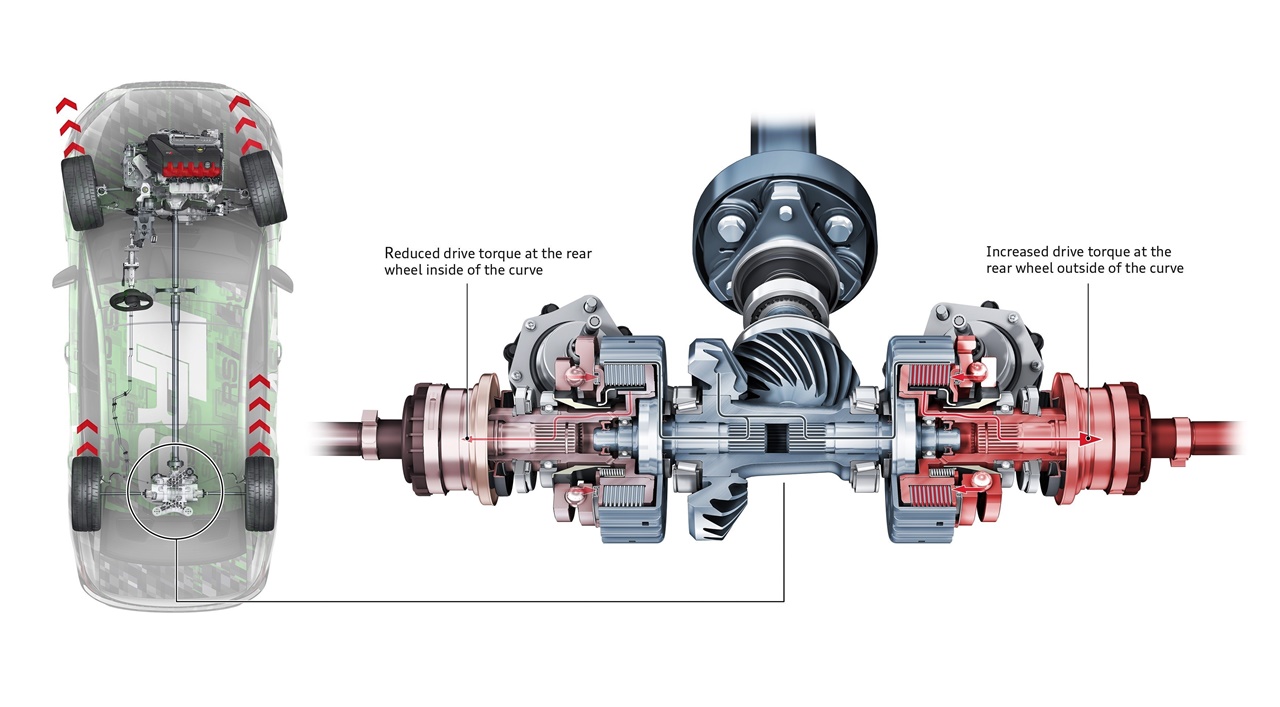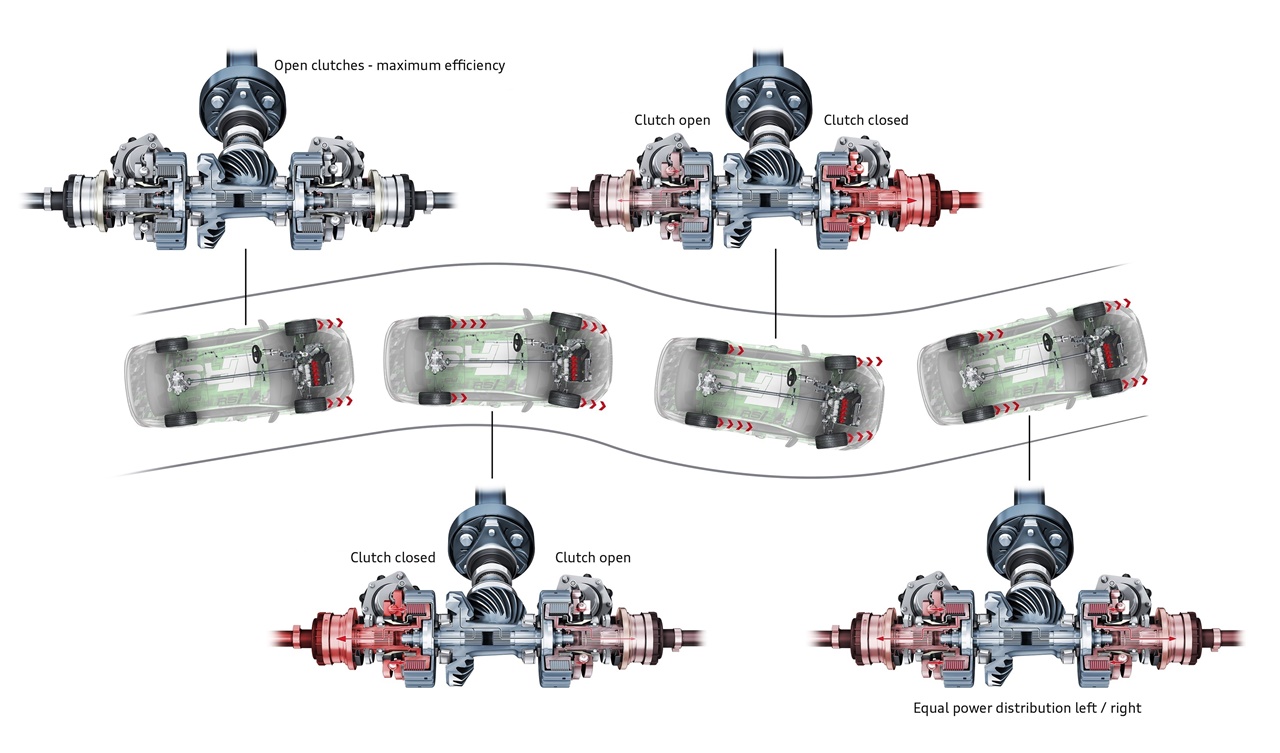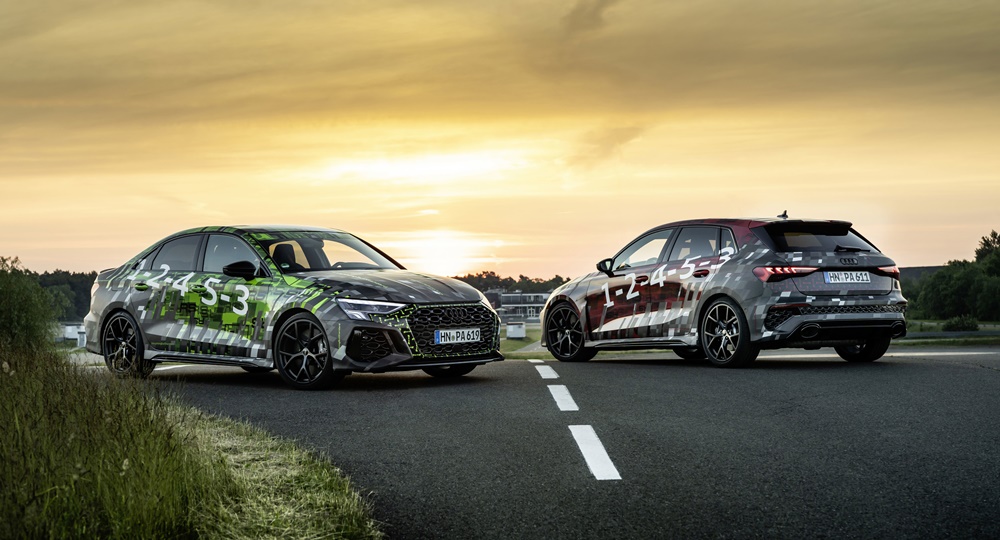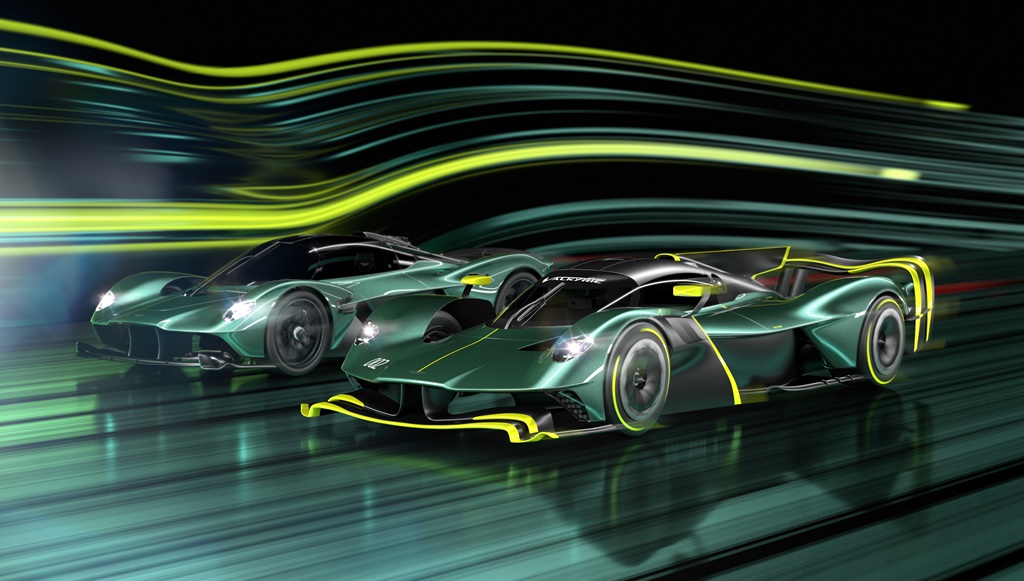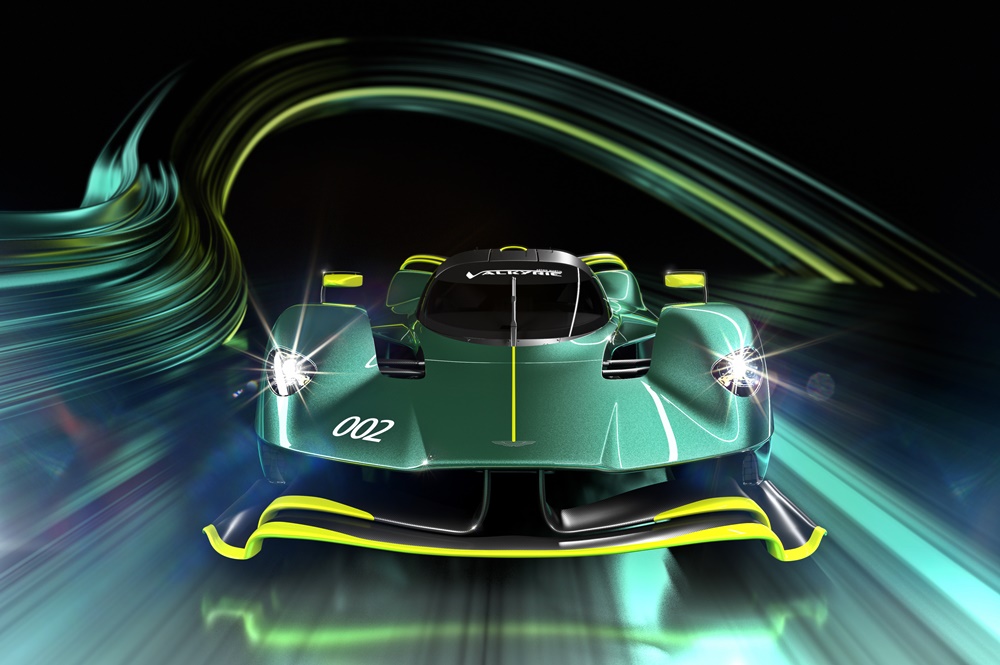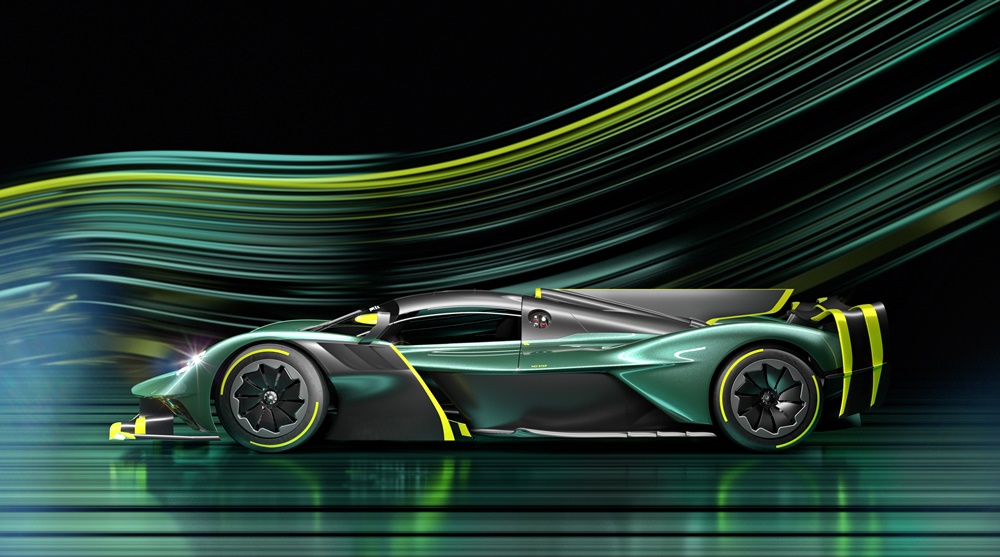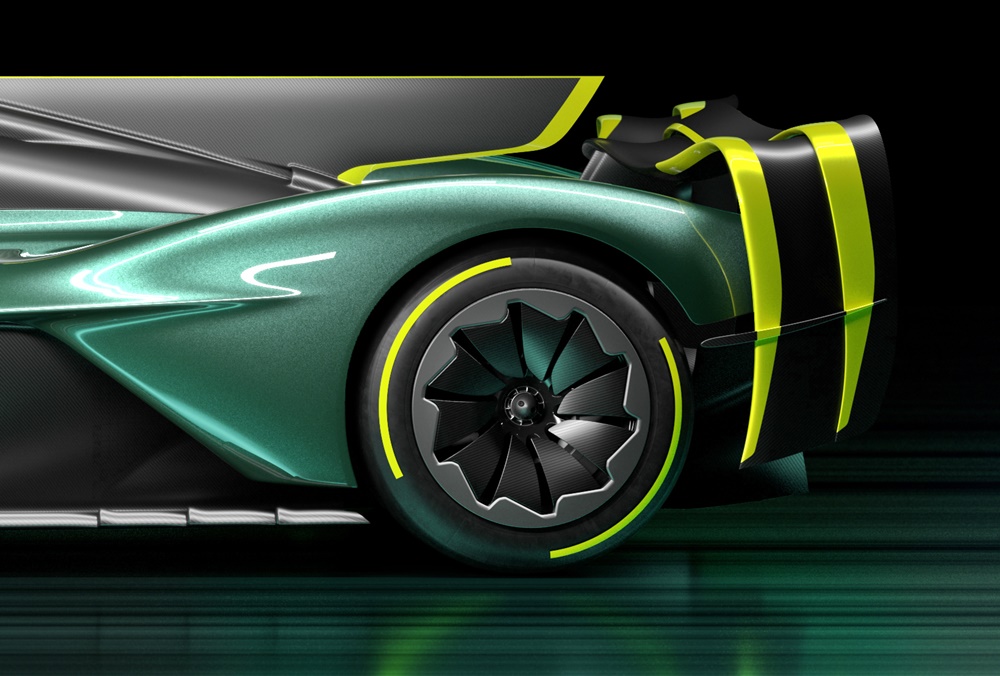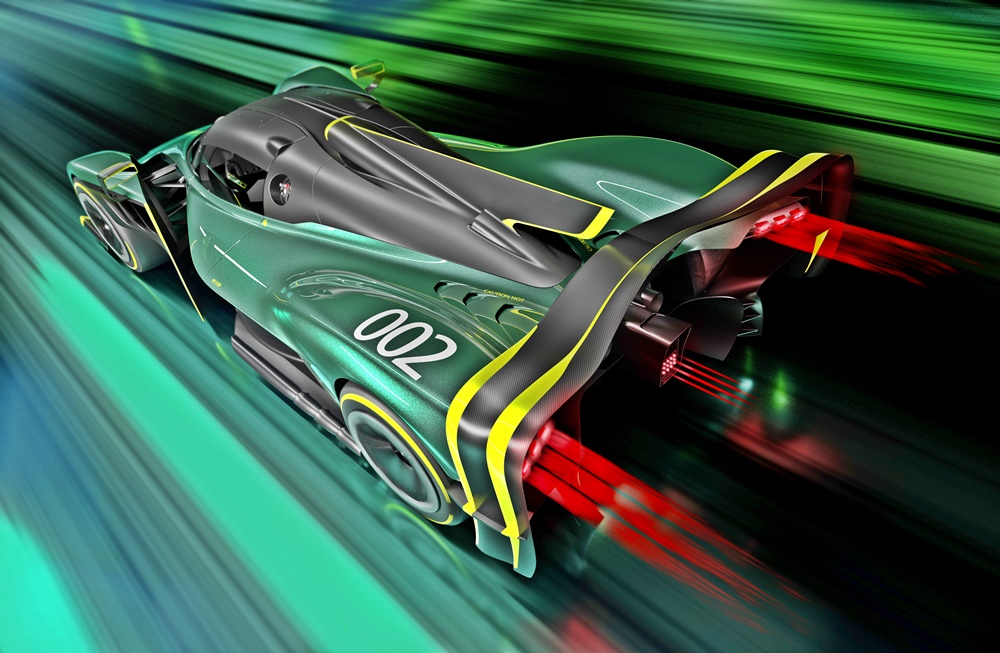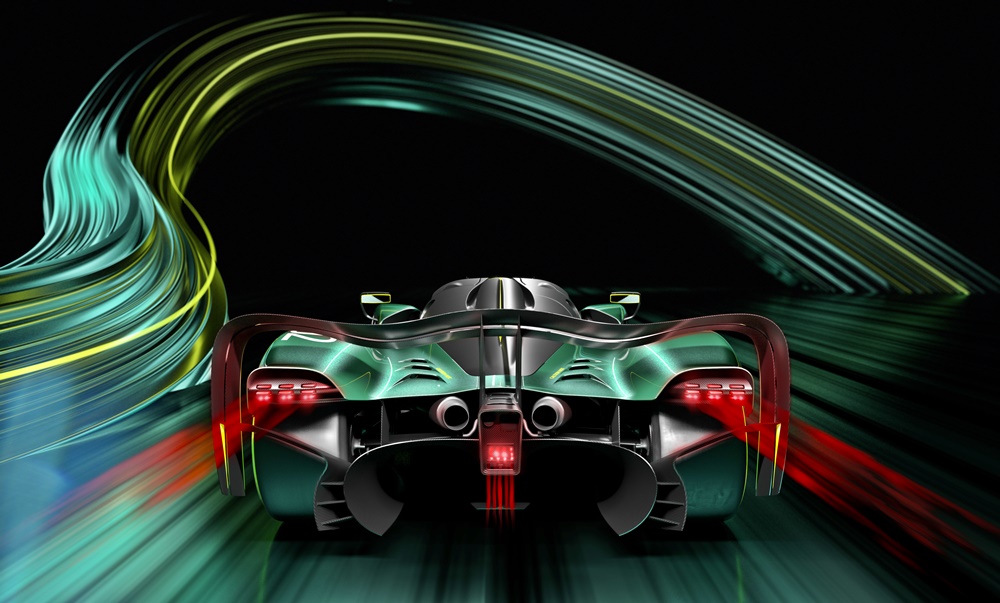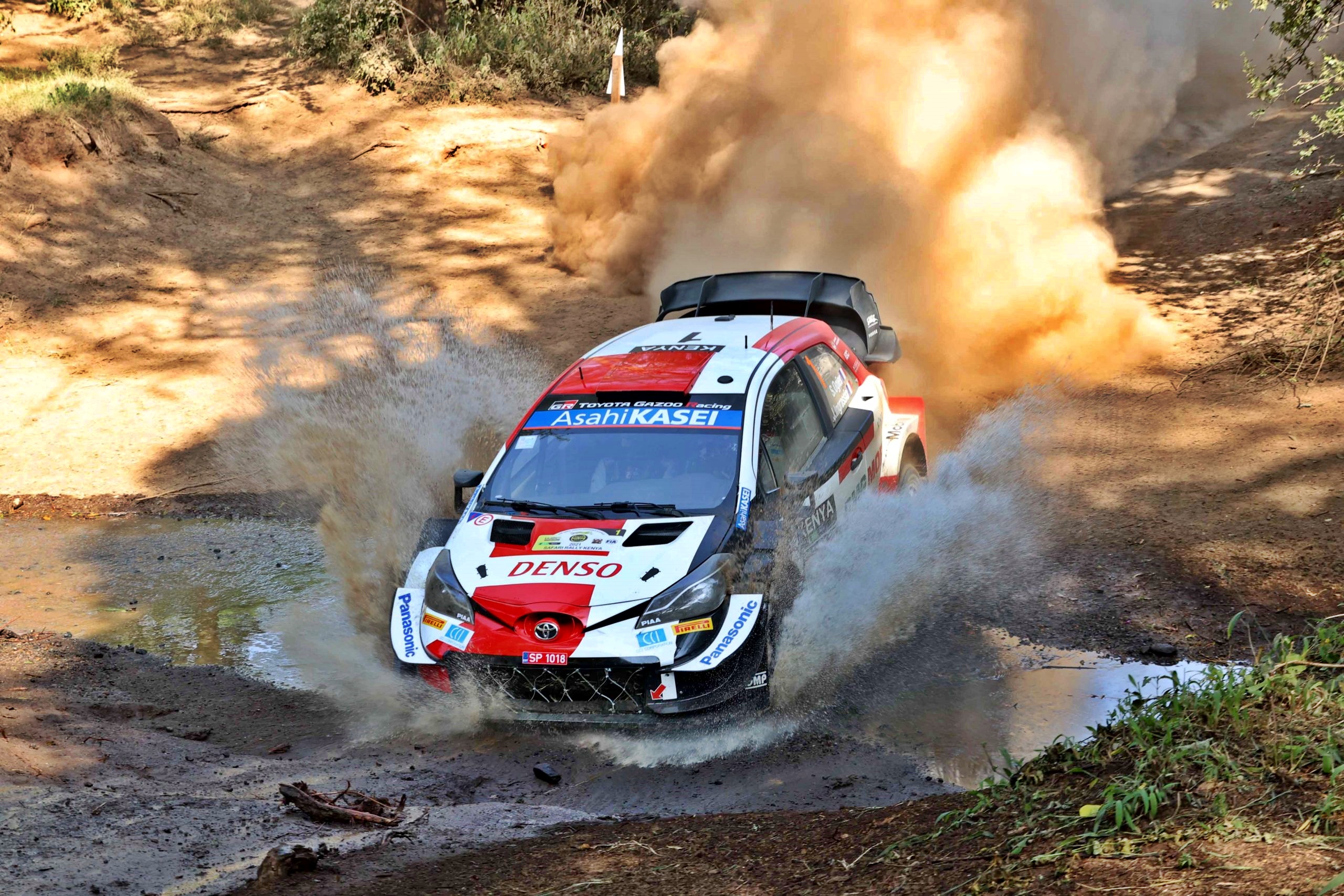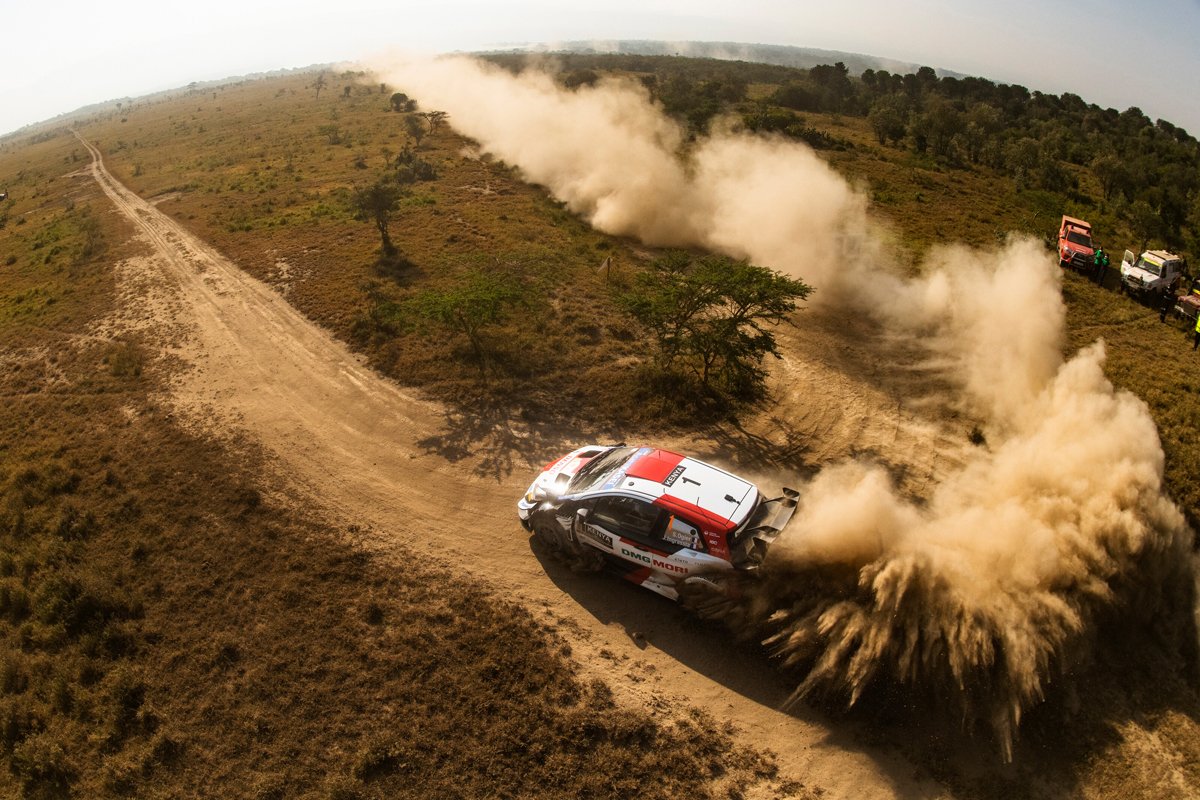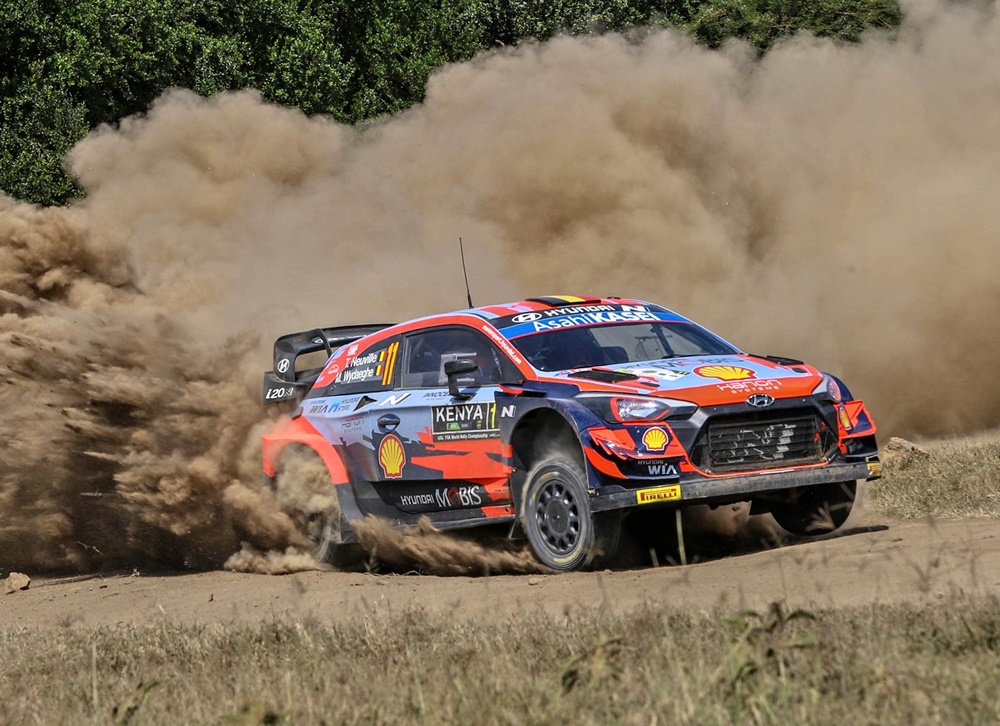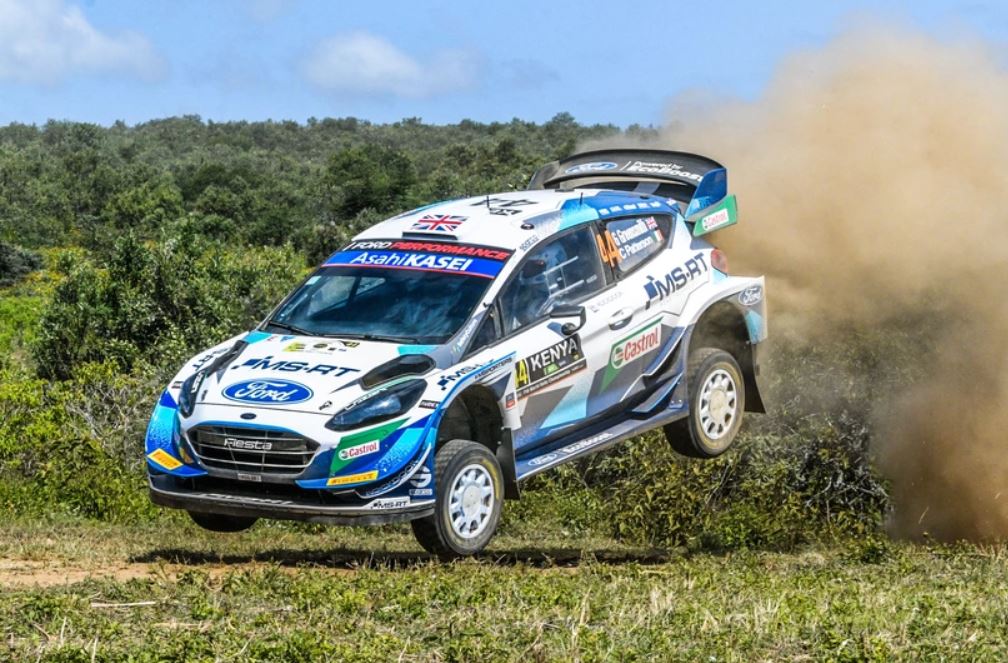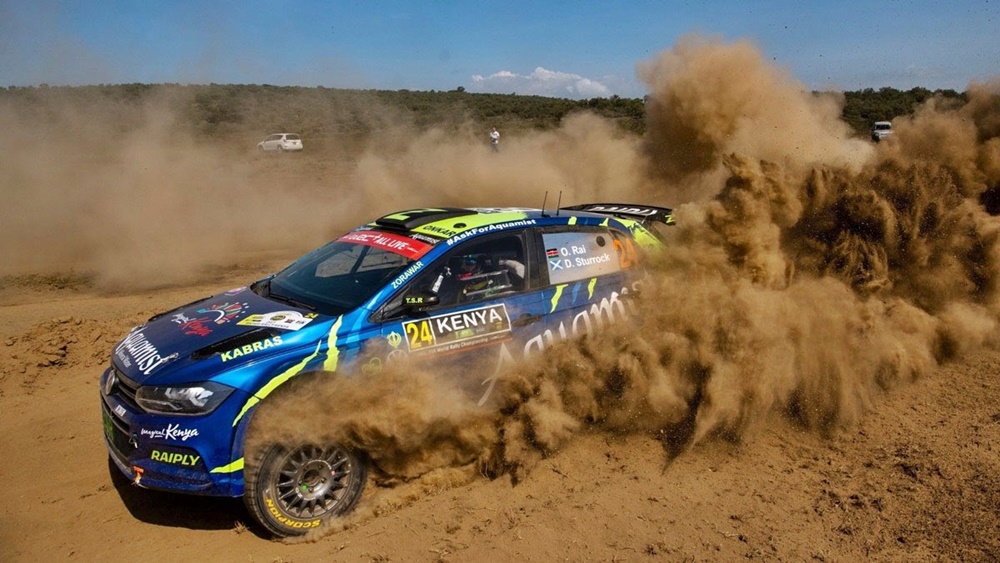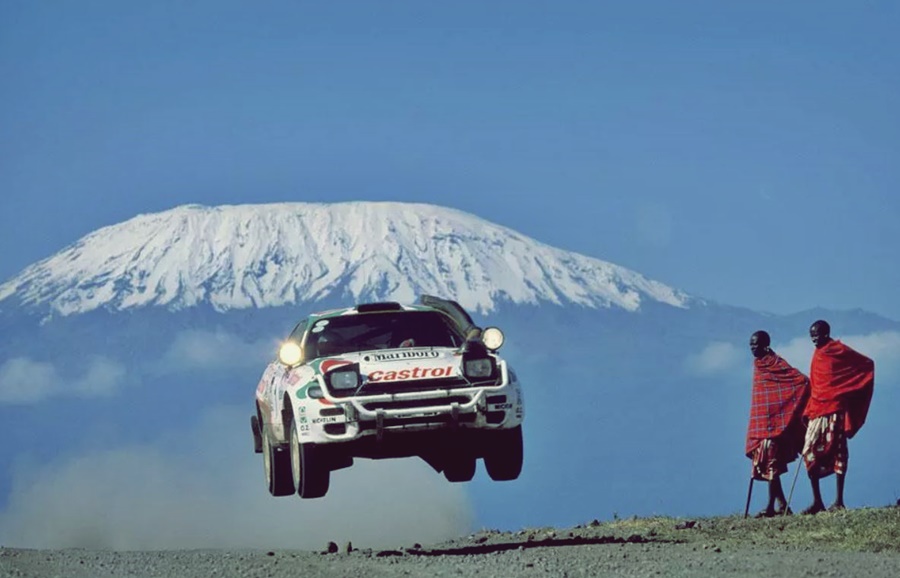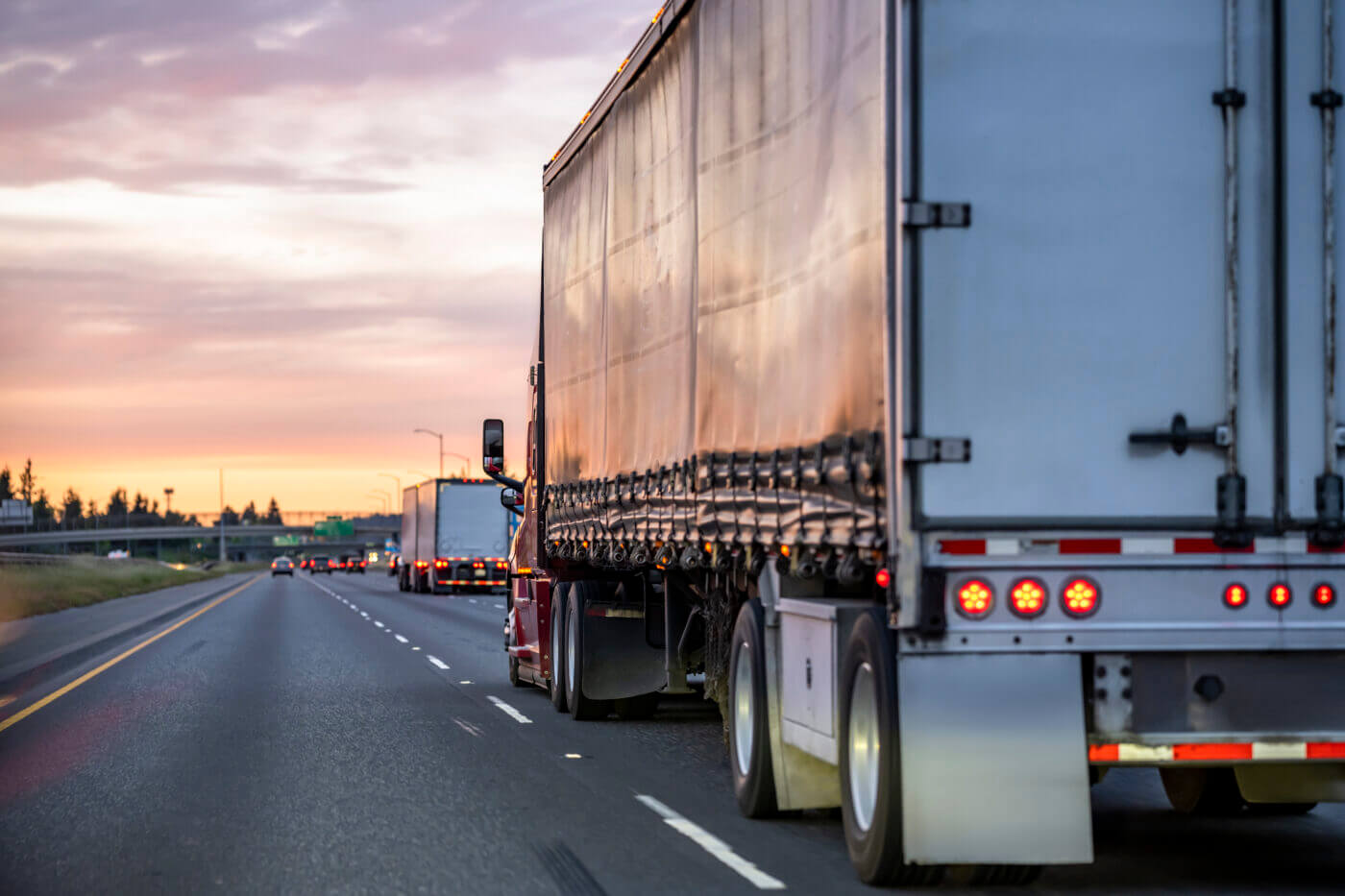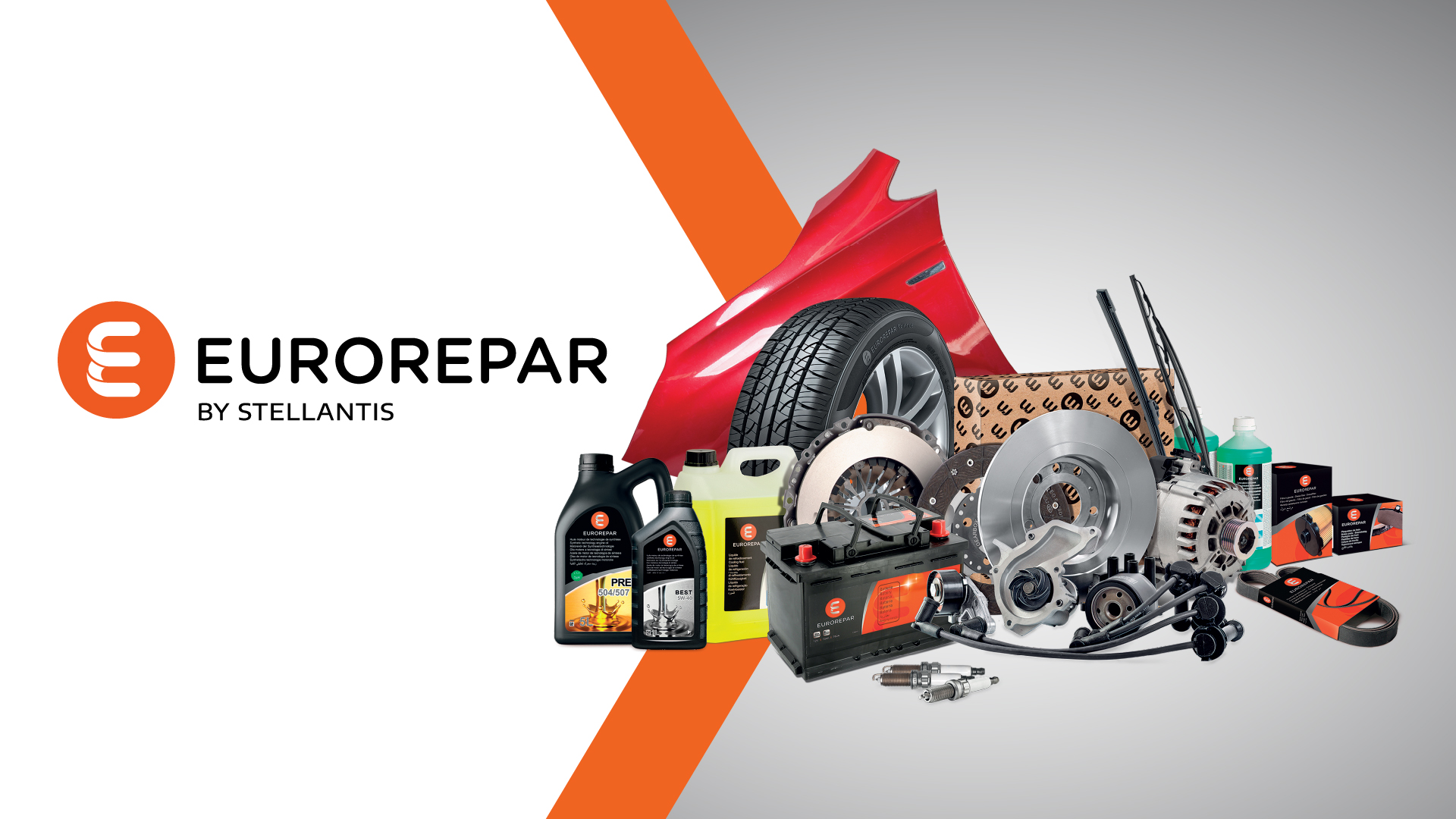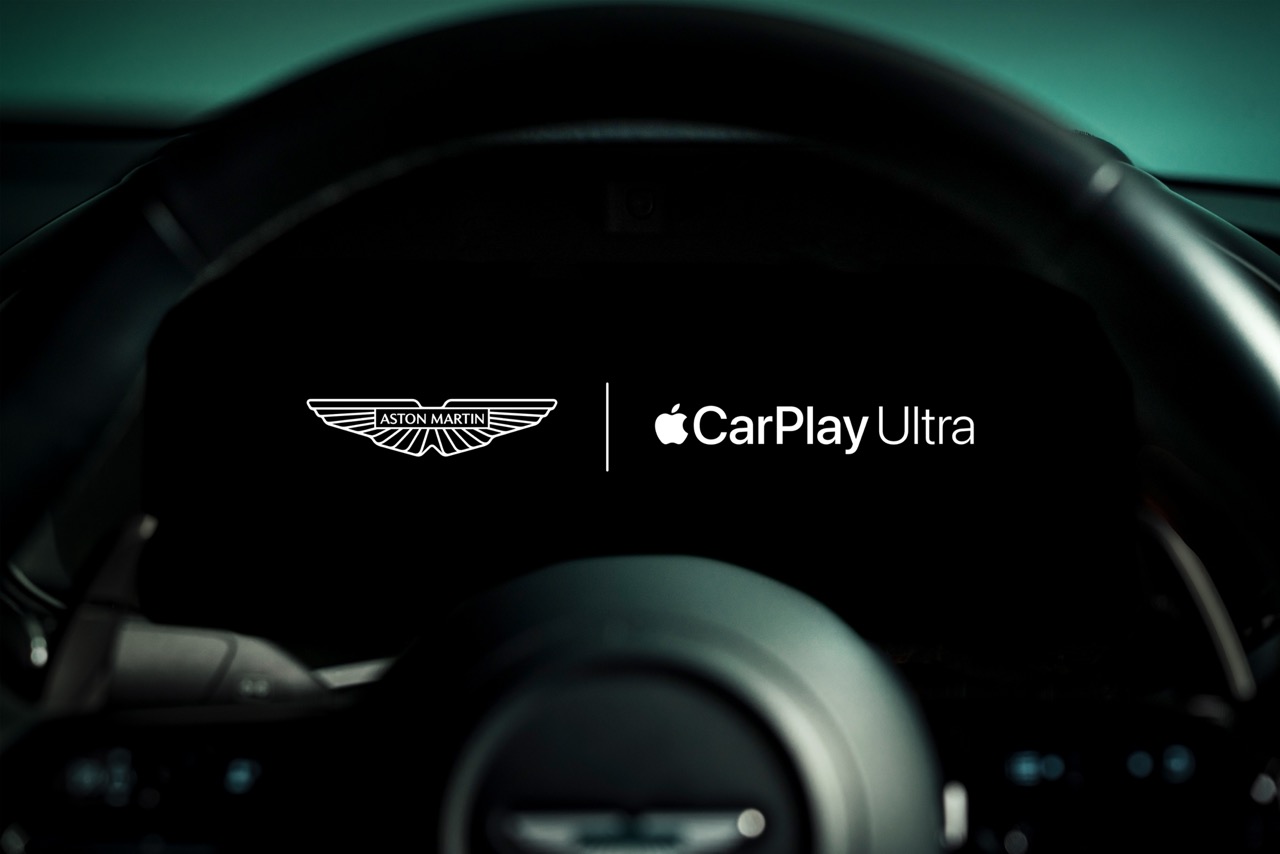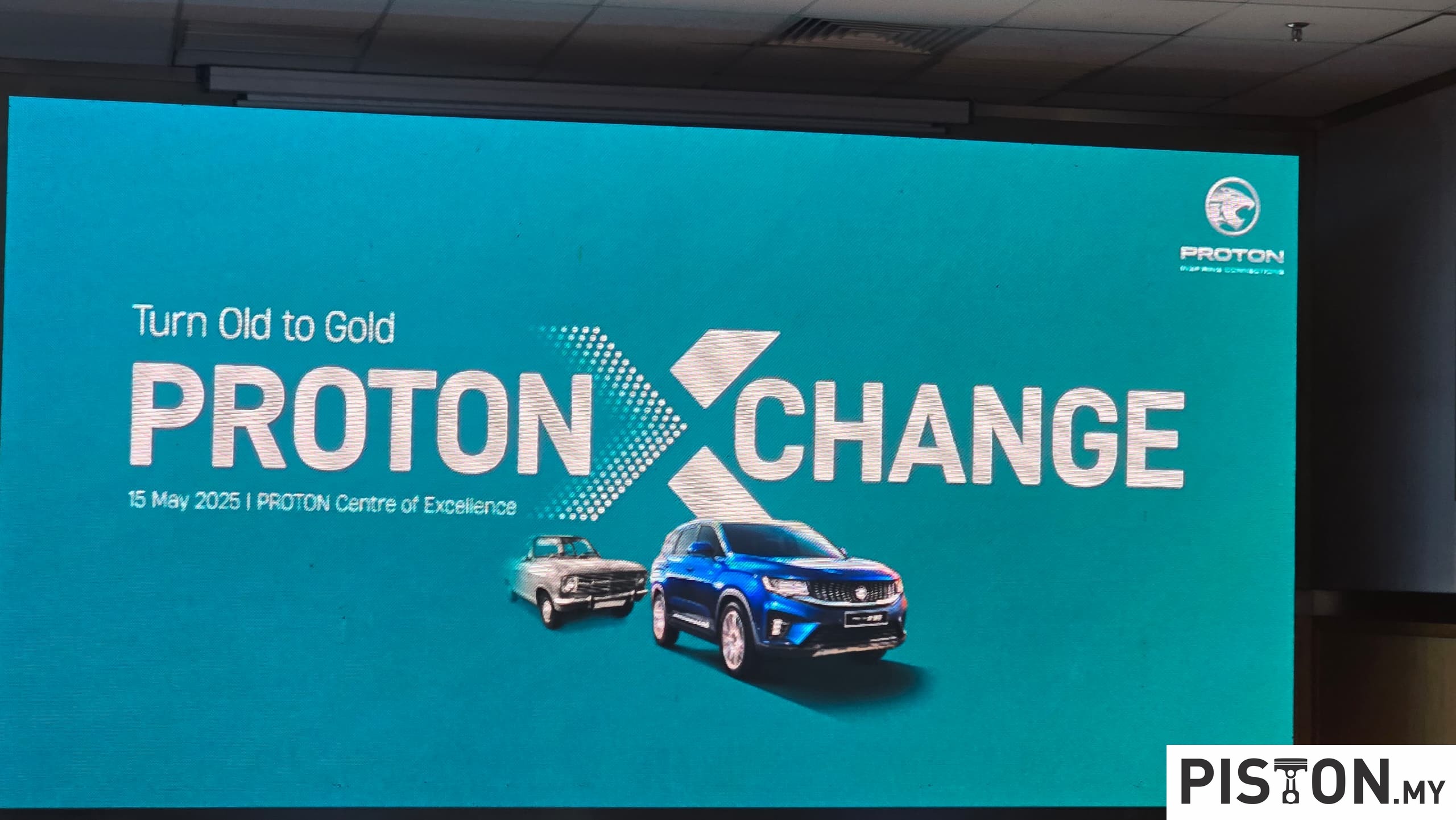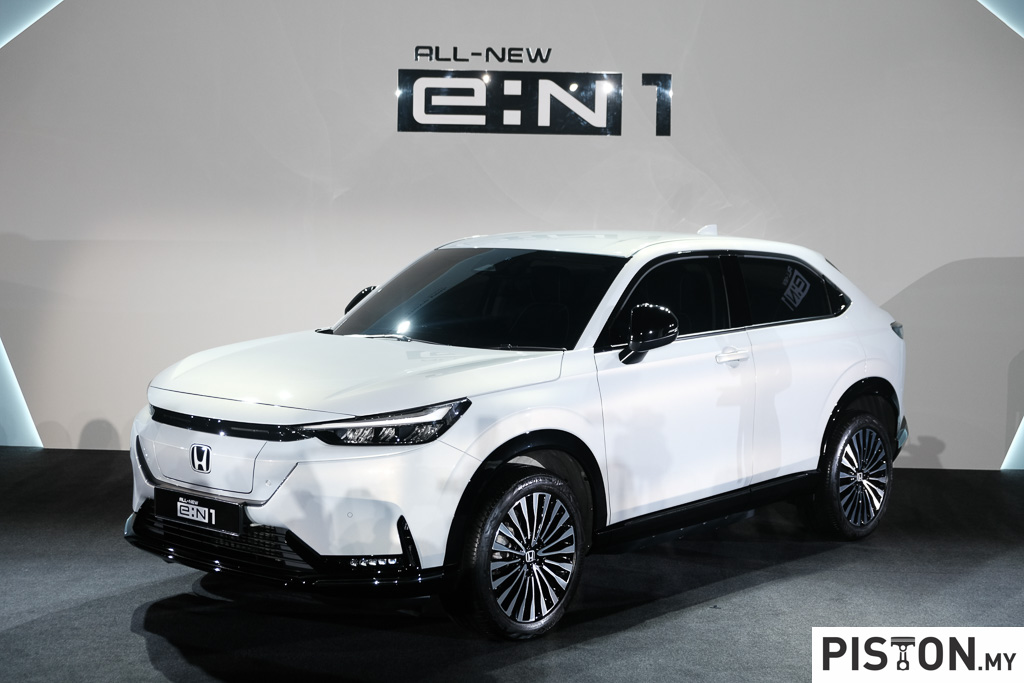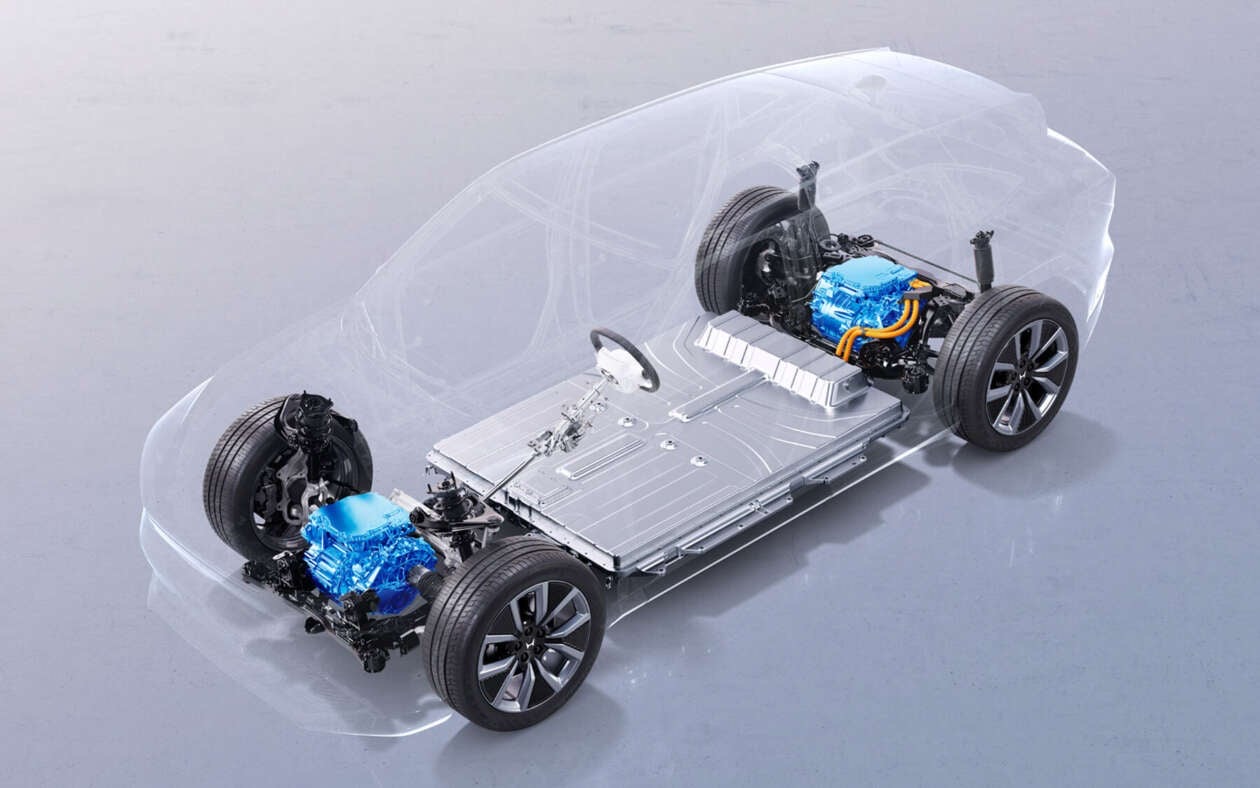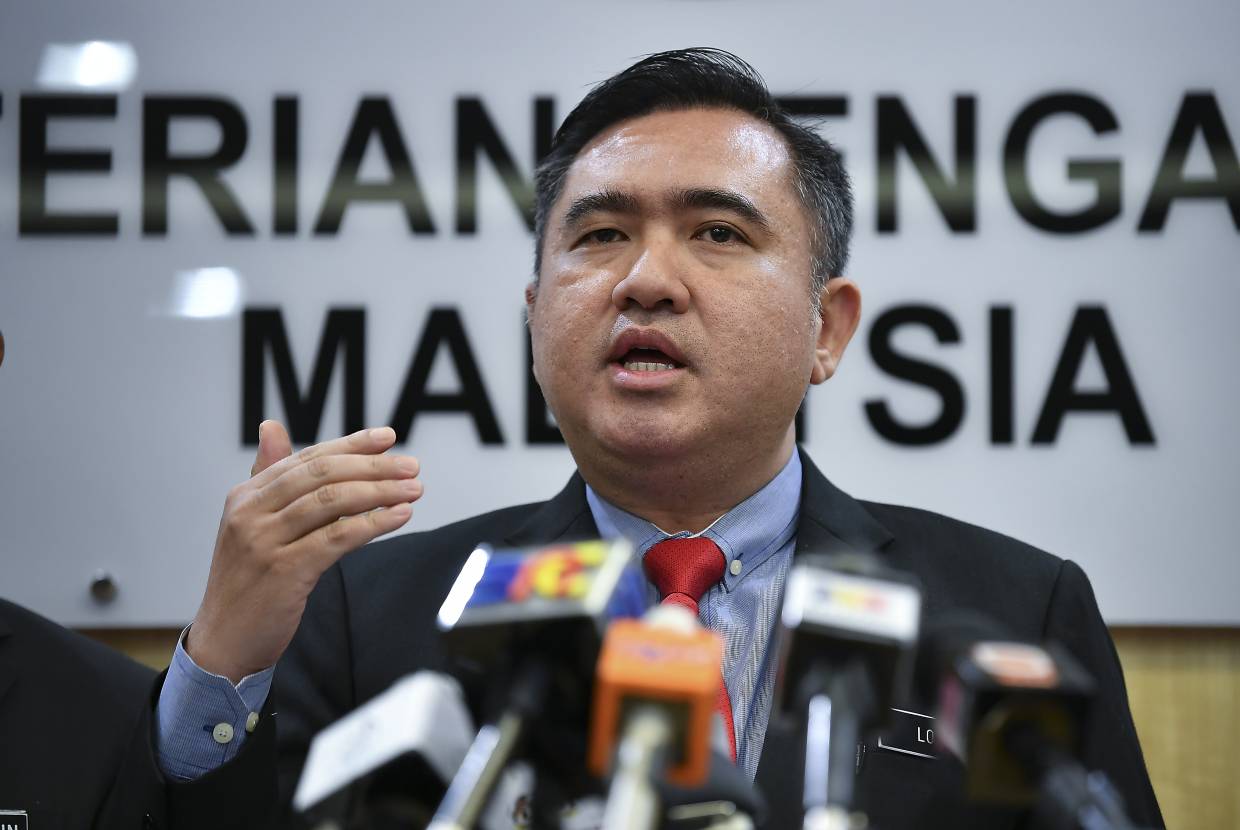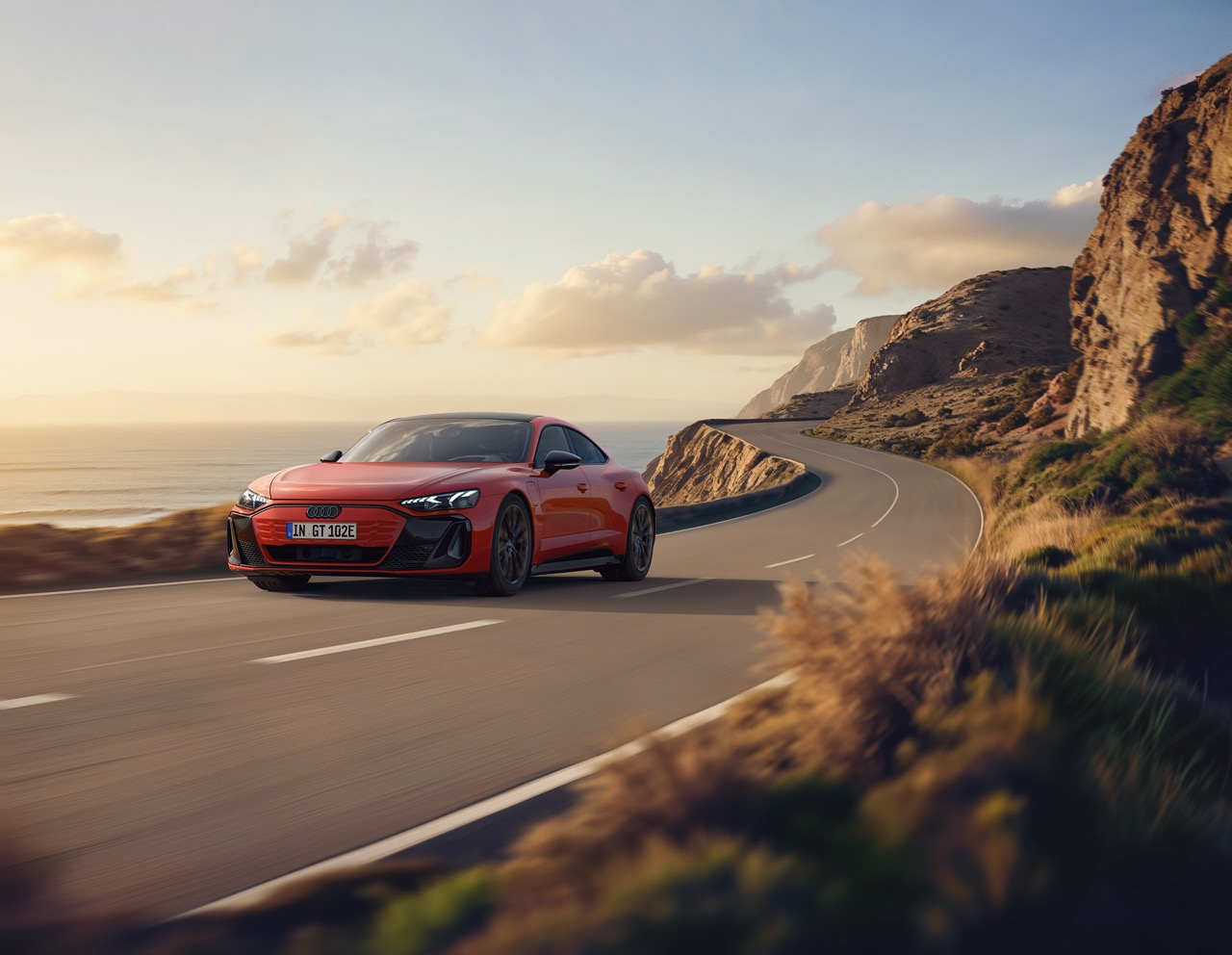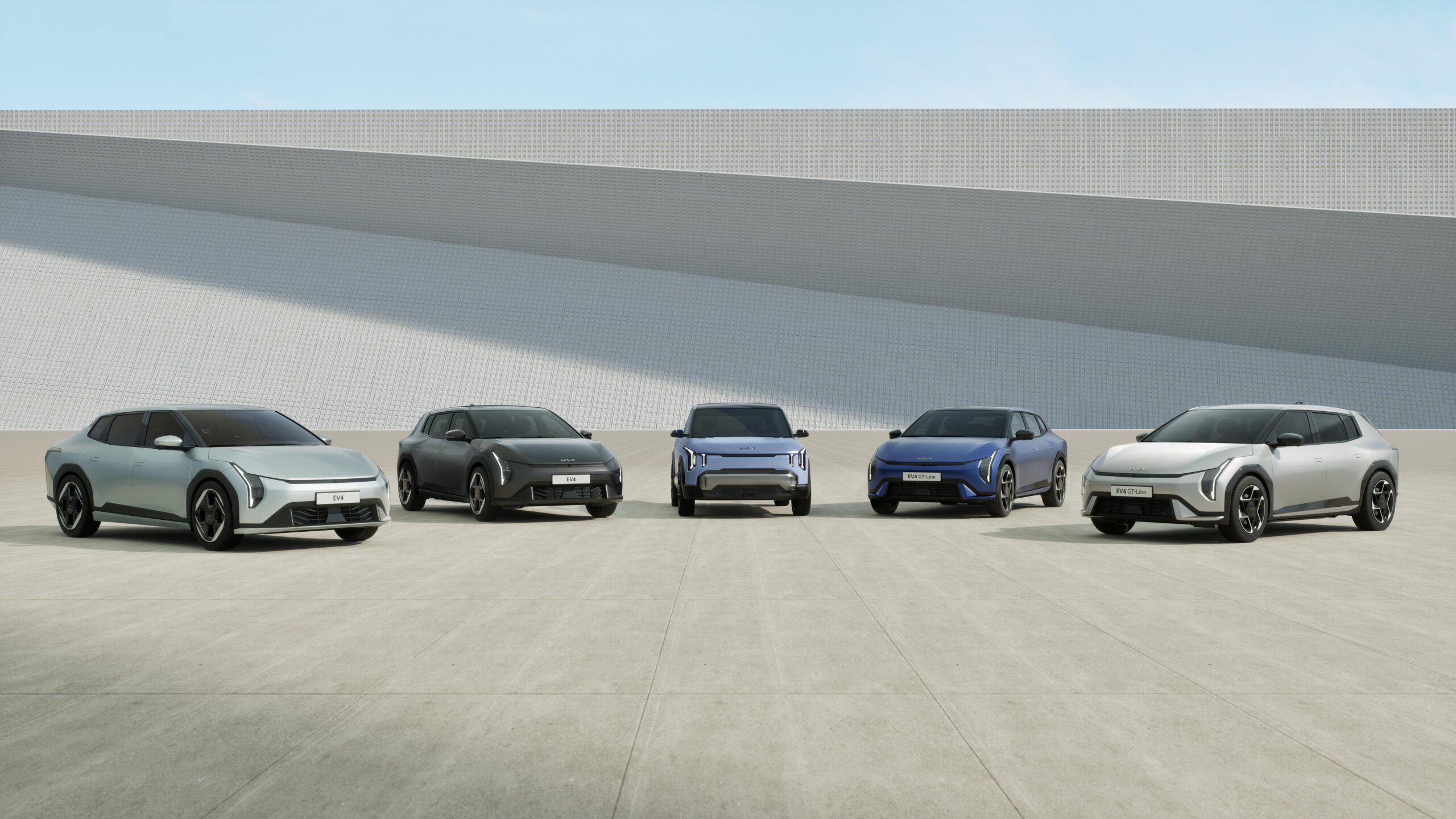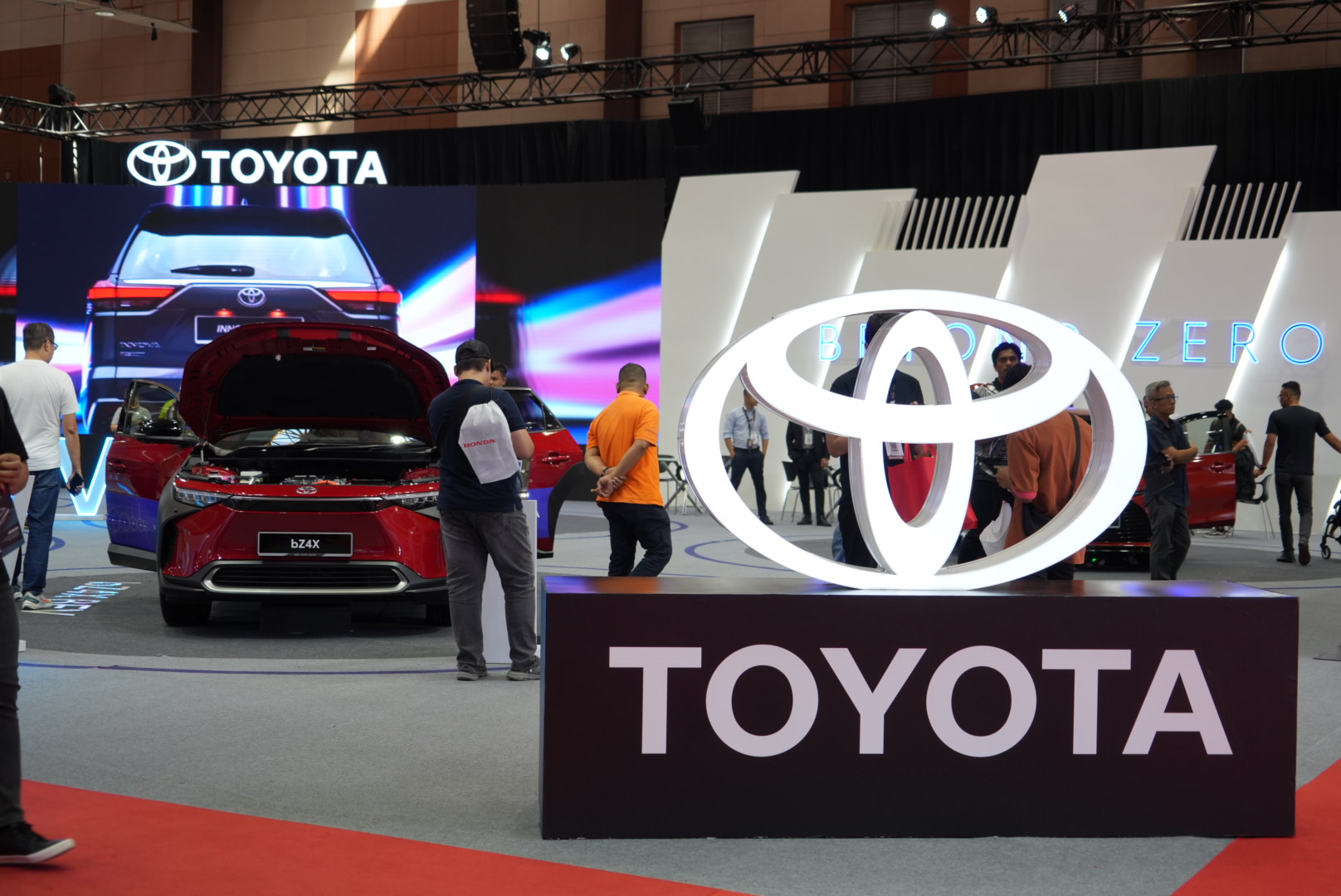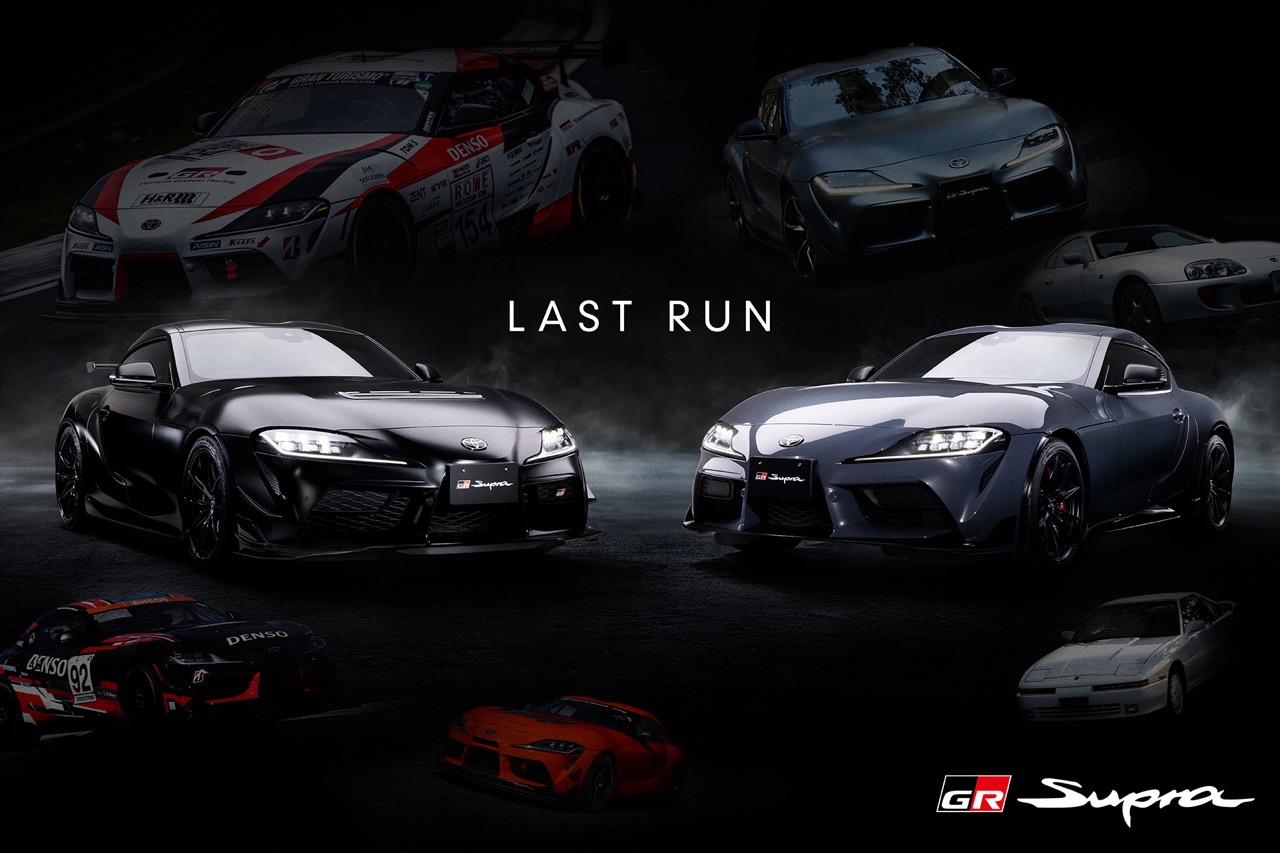In November 2020, MINI revealed the Vision Urbanaut virtual concept vehicle, an interpretation of mobility through an innovative vision of space. Now, the BMW Group has made a physical model of the vehicle showcasing its space and sustainable materials.
The full-sized model was designed from the inside out. The designers created the spacious interior experience before developing the exterior, using floor plans, pieces of furniture plus wooden scale models to provide an indication of size. Over the course of the project, augmented reality was employed to create a digital model, which was then systematically optimised.
The MINI Vision Urbanaut shows how the MINI attributes can be exploited in the future of mobility – in a typically MINI way. It brings the user’s personal space into the car and opens up various possibilities for them.
Three MINI Moments
The exterior and interior of the vehicle change to reflect the MINI moment at hand – ‘Chill’, ‘Wanderlust’ and ‘Vibe’ – and so give the on-board experience the best possible stage and environment. Fragrance, sound and ambient lighting continue to enrich the baseline mood initiated by the chosen MINI moment. A fourth option is the customisable ‘my moment’ which provides users with further scope for tailoring the design of the vehicle to their needs and desires.
The Chill moment relates to being in a kind of haven where you can relax or work with full concentration. While the rear seat bench (a.k.a. Cosy Corner) offers various seating and lying positions, the backlit Loop above it takes on an appearance inspired by a green forest canopy and can also be dimmed. In the central area, the circular instrument folds down to become a table lamp, eliminating displays or switches that might remind the customer of their automotive surroundings.
Wanderlust is the only MINI moment where the Vision Urbanaut is being driven or driving with automated driving functions. In this moment, the interior becomes the ideal place for driving the car, or being its passenger, and enables those on board to rediscover the romance of travel. A tap of a finger on the MINI logo brings out the steering wheel and pedals when driving is desired. The user interface on the central circular instrument also adapts its visuals; alongside an animation of the route, additional journey information – such as visitor attractions and arrival time – is displayed here for those on board.
The Vibe moment puts time with other people at centre stage – in every way. Opening the side door and folding up the windscreen creates a welcoming scene that blurs the boundaries between the outside and inside. The central circular instrument becomes a media control centre, creating a club atmosphere.
Renewable or recyclable materials
The interior of the Vision Urbanaut has a high proportion of recycled materials, and they are almost exclusively renewable and recyclable. Dominant are textiles made from recycled materials (including wool, polyester and Tencel) which blend cosiness and quality with softness and comfort.
The designers also paid extra attention to solutions composed of a single type of material – known as ‘mono-materials’. These are easy to recycle further down the line and can be turned into new products. The use of renewable and recyclable cork on the steering wheel and sections of the floor adds a special touch, thanks to its natural feel.
Focus on sustainability
The Vision Urbanaut also focuses on sustainability, demonstrated in various aspects of the vehicle. The ‘Clever Use of Space’, for which MINI is renowned, offers maximum space on the smallest possible footprint. Although measuring only 4.46 metres in length, the height provides an interior space that can be used in many different ways and offers a whole new ease of movement inside the car. . The vehicle can also be an urban space for people when it’s parked, significantly increasing the amount of time they will want to use the vehicle or just hang out in it.
The electric drive system ensures emission-free mobility, yet another aspect is the scope for using the vehicle for purposes beyond mobility.
Driveable electric vehicles
The MINI Vision Urbanaut is not only a static model, it’s driveable too, with an electric drive system. Every part has been specially designed, precision-manufactured using cutting-edge tools and crafted by hand. The high degree of artistry inside is highlighted by an interior design that is reminiscent of a modern living space. The construction of the model therefore extended from a classical vehicle build via furniture-making all the way to programming and smart high-tech integration.
“At MINI, we see it as our responsibility to preserve and develop the unique characteristics of our brand over the upcoming years and those further ahead,” explained Bernd Korber, Head of MINI. “With our eyes fixed on the future, we have developed an idea, with the MINI Vision Urbanaut, of how we can take the MINI attributes – as here, with the focus on the ‘Clever Use of Space’ – into the future of mobility and interpret them in a typically MINI way.”
MINI Electric Pacesetter inspired by JCW is the new Formula E Safety Car



